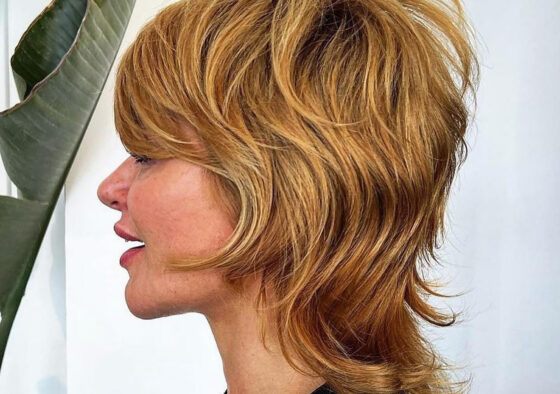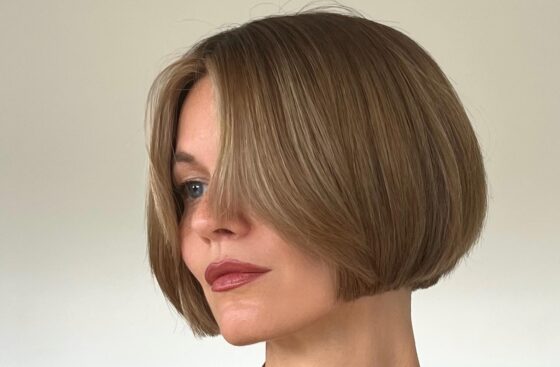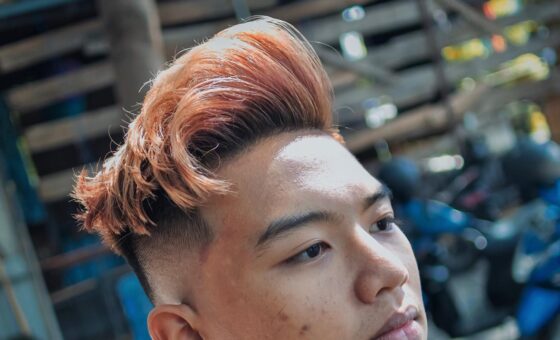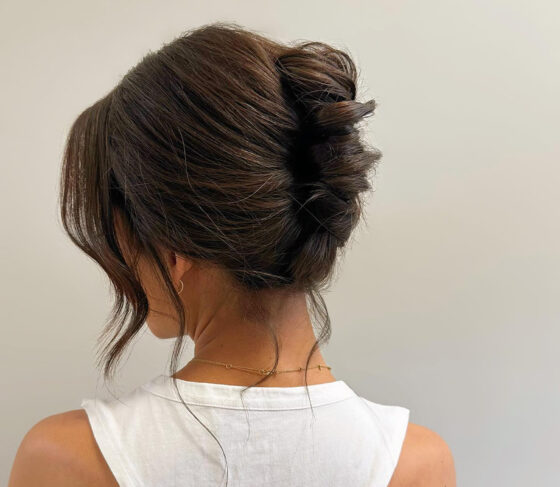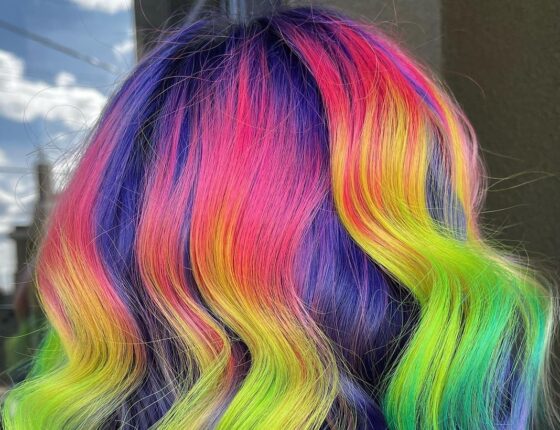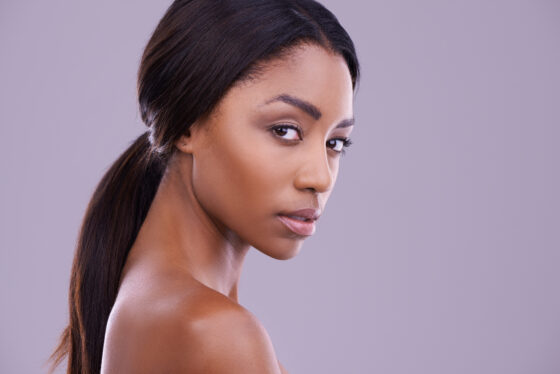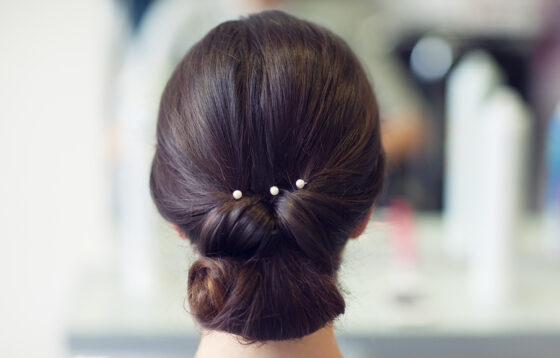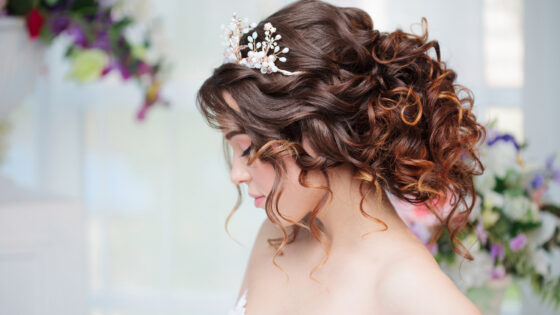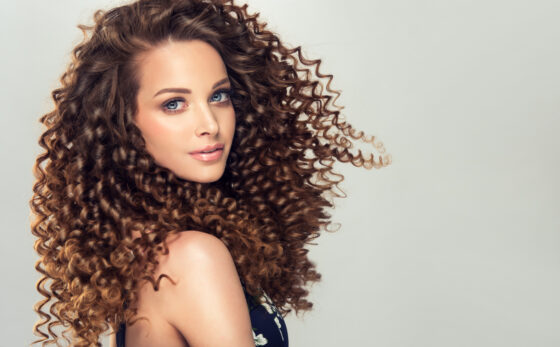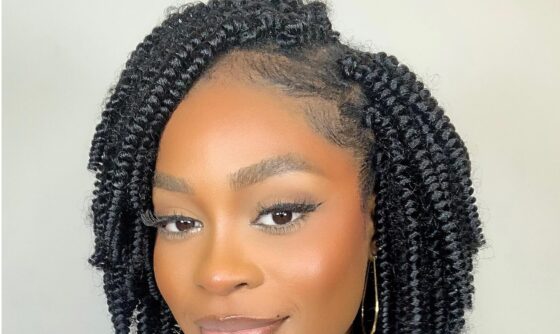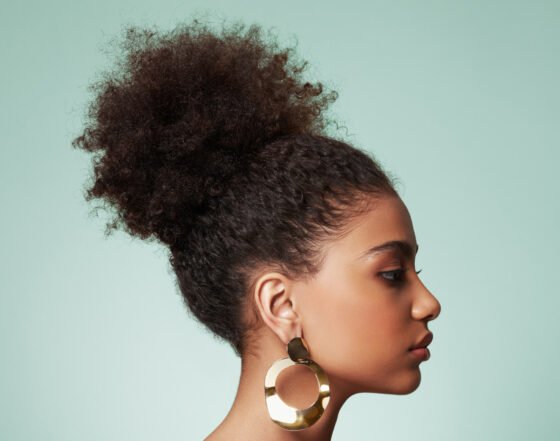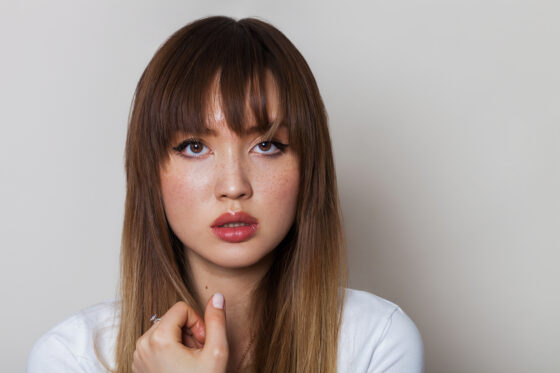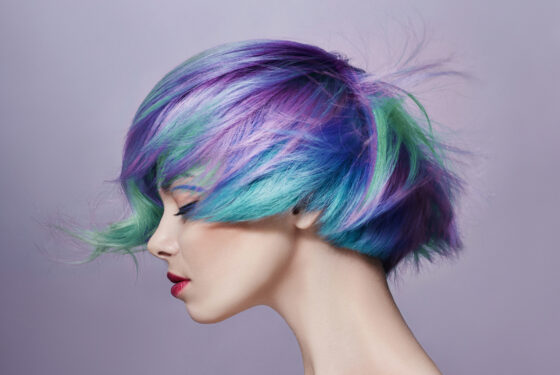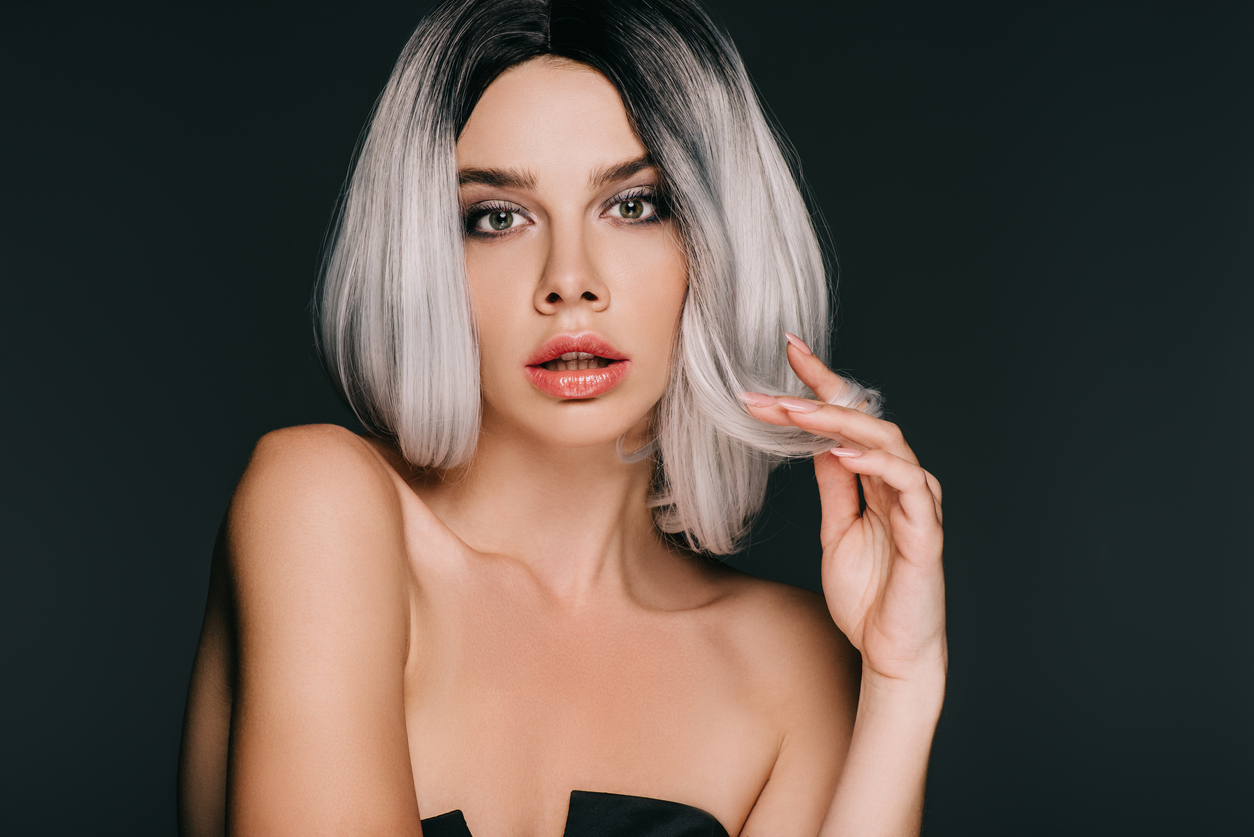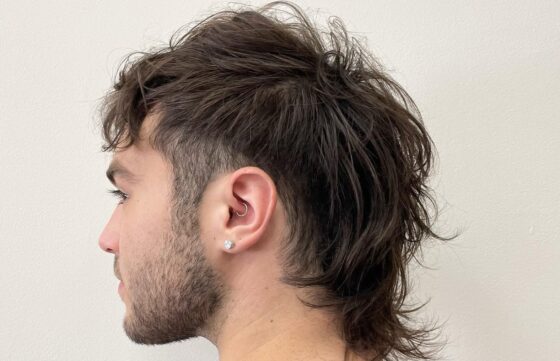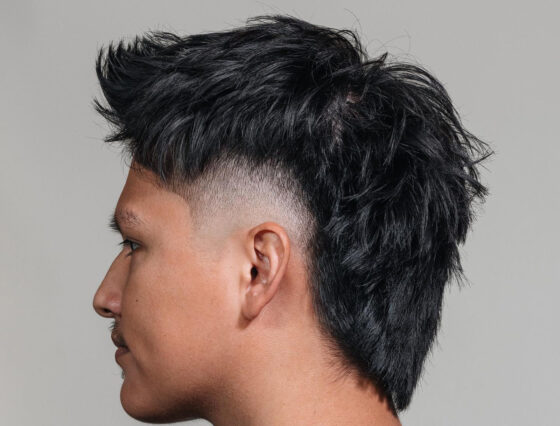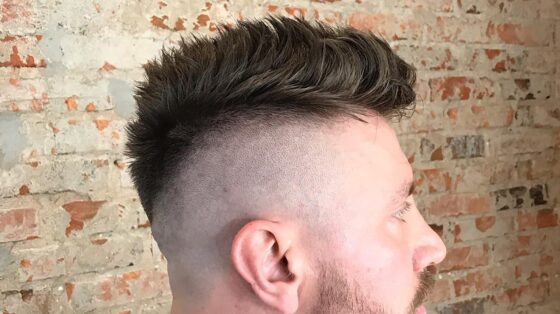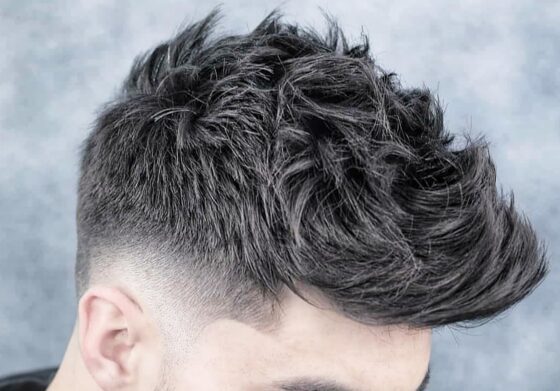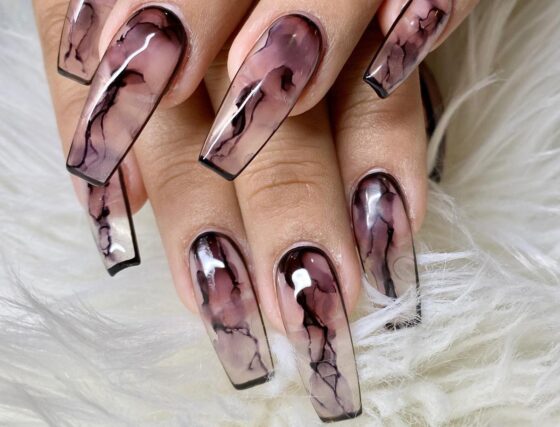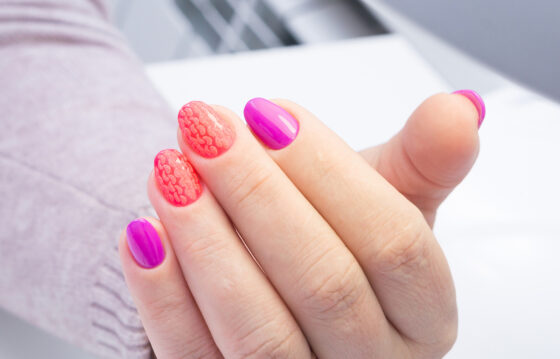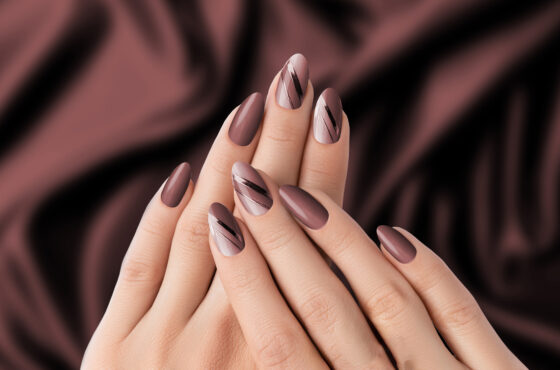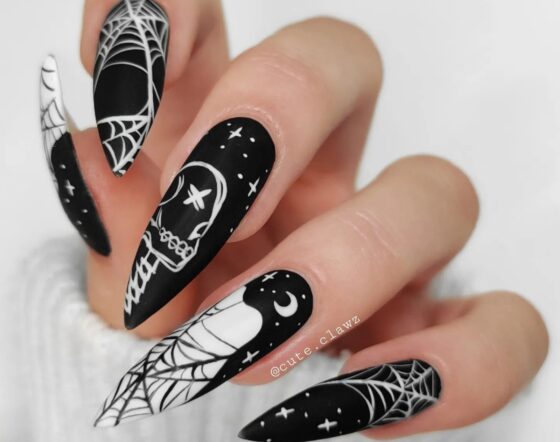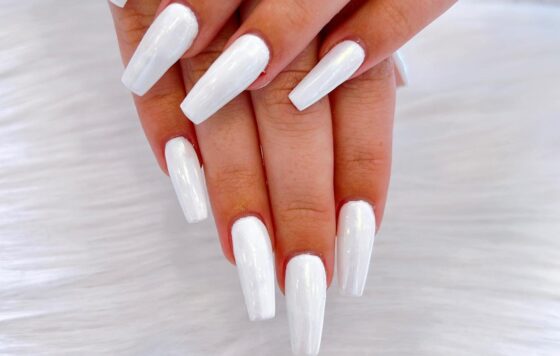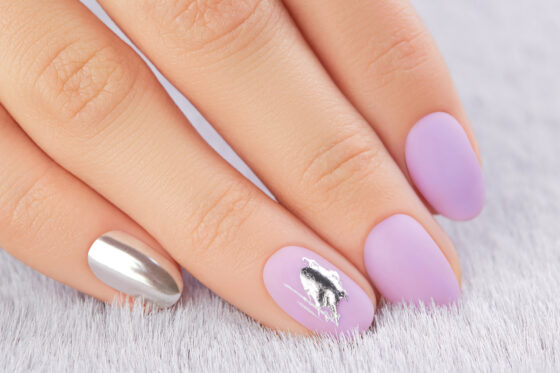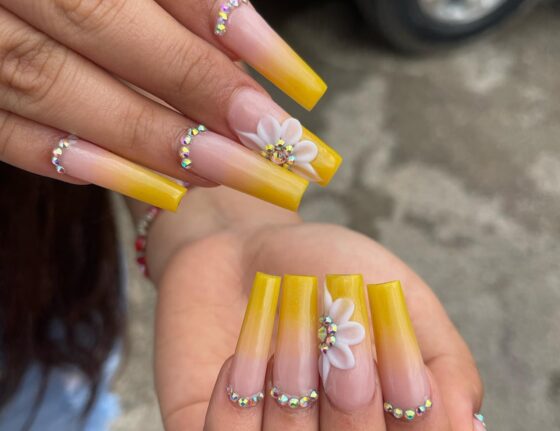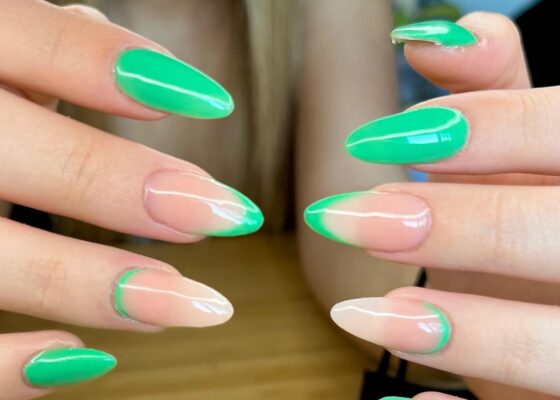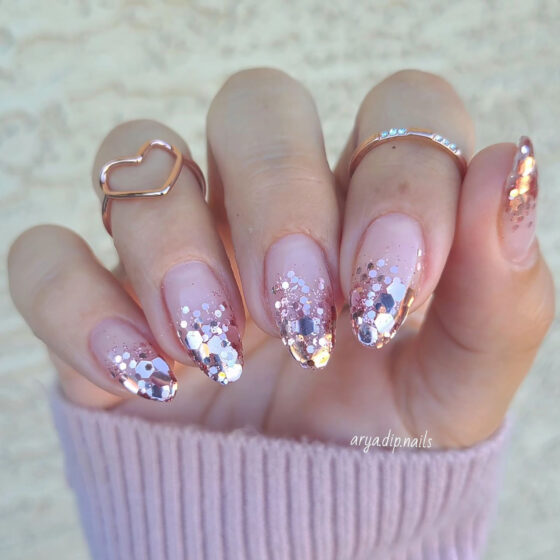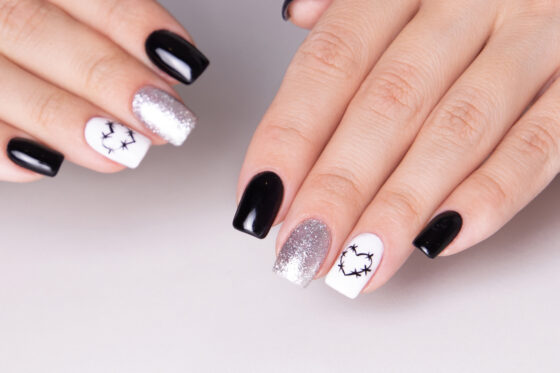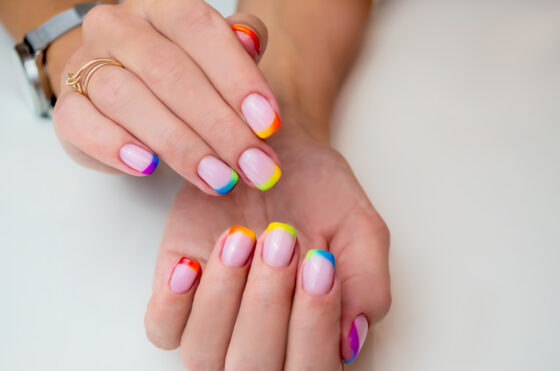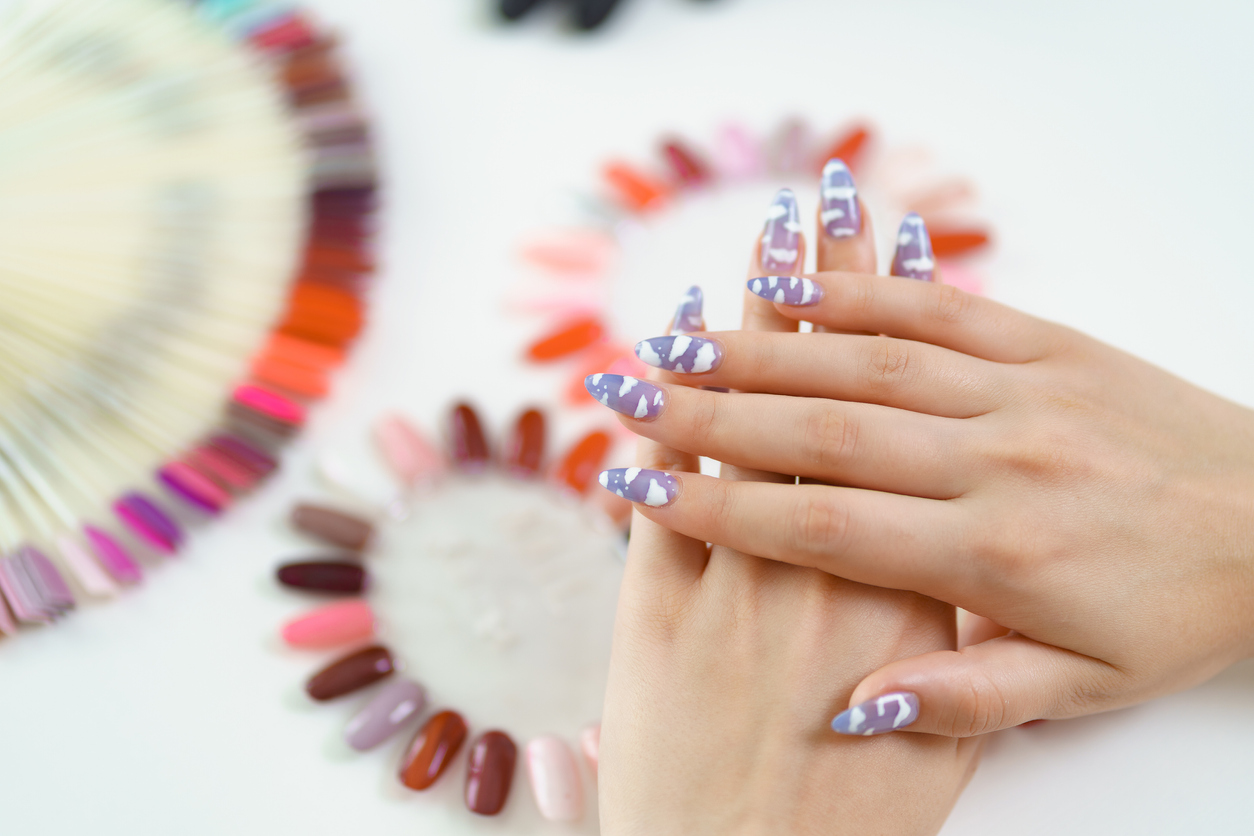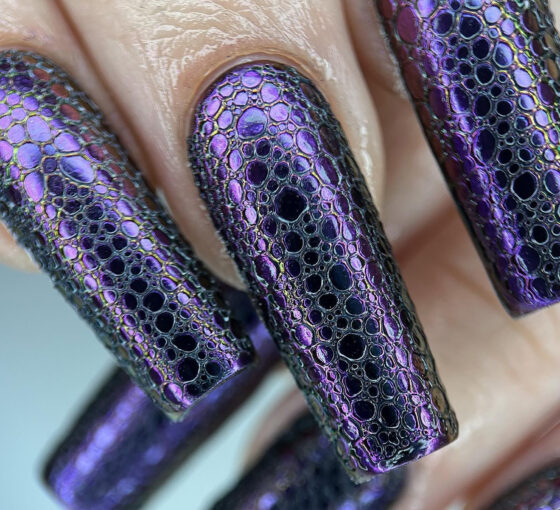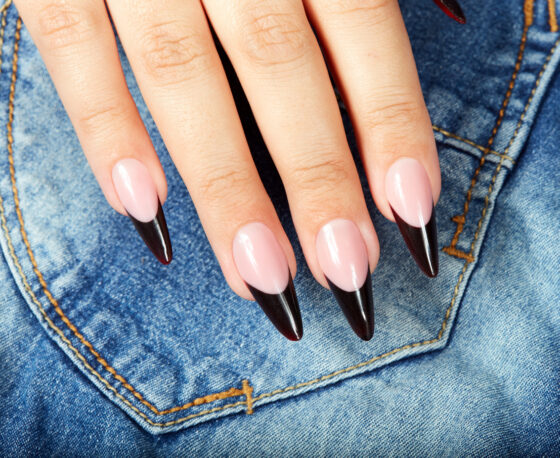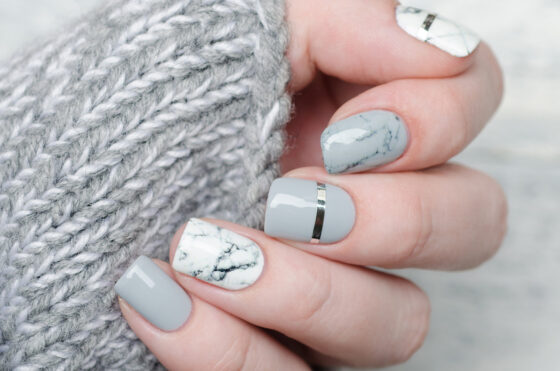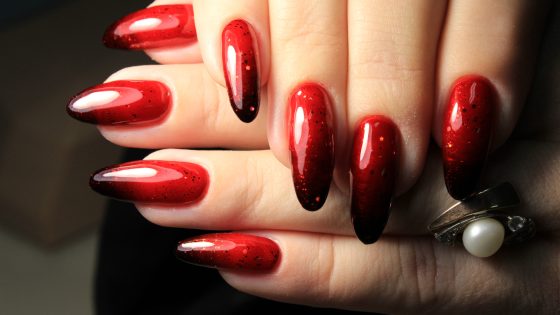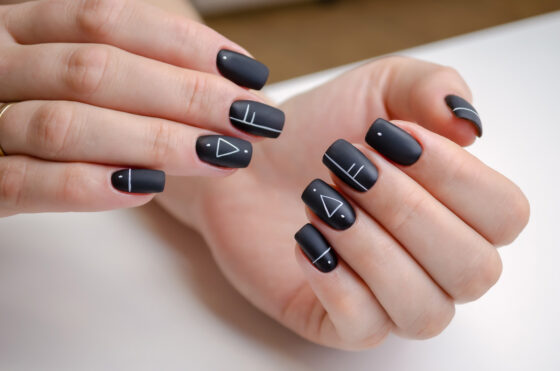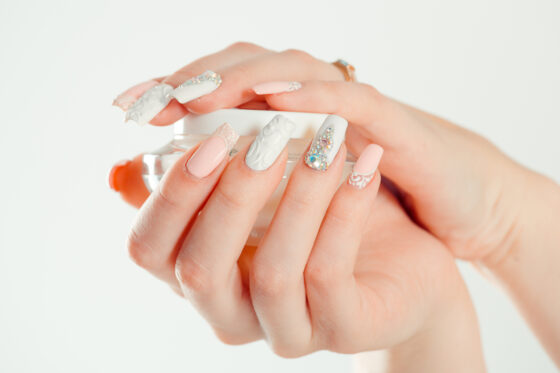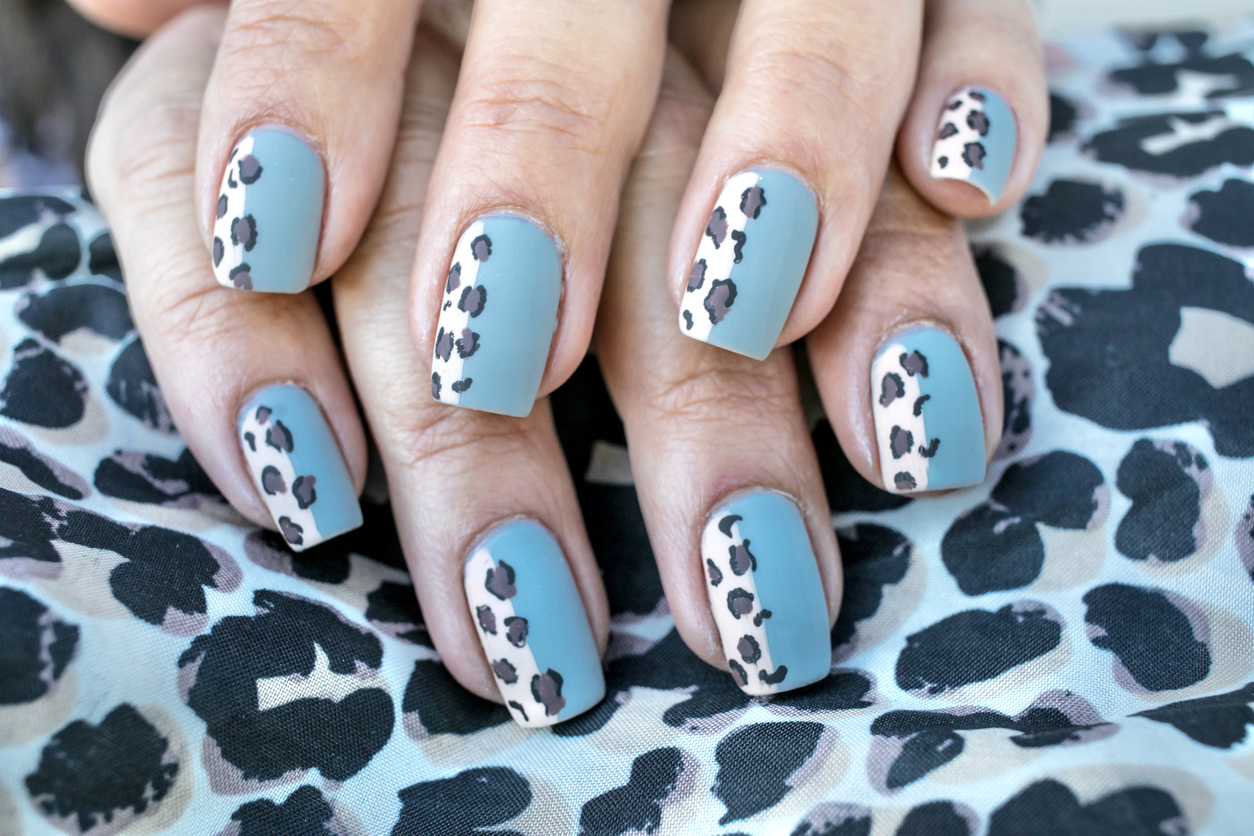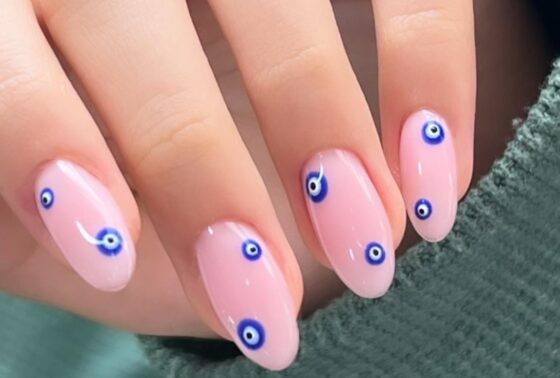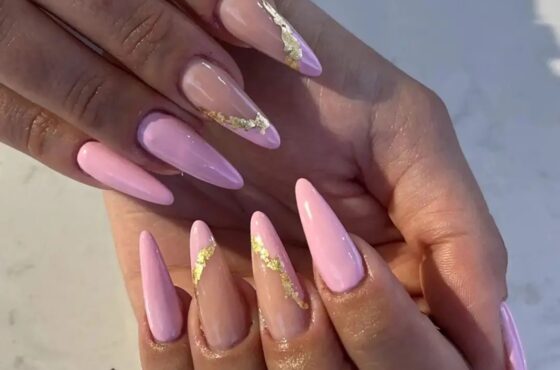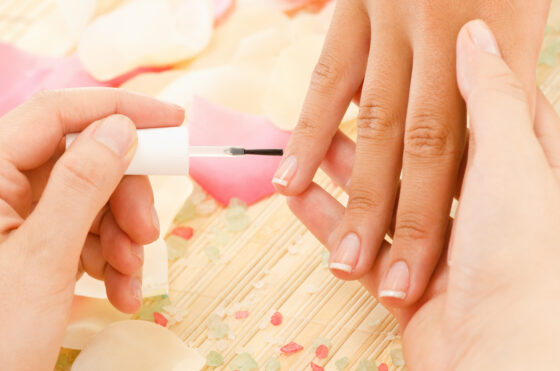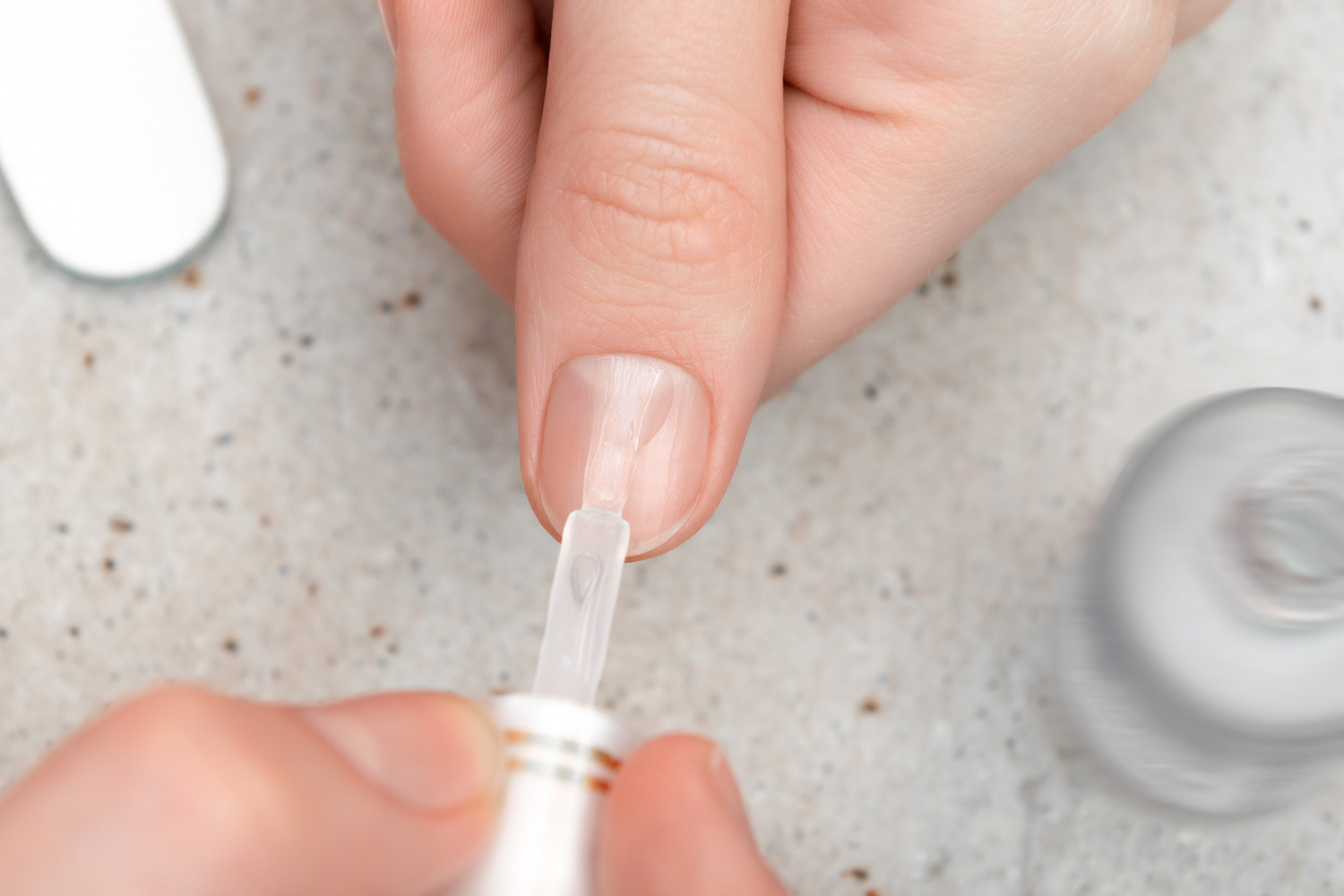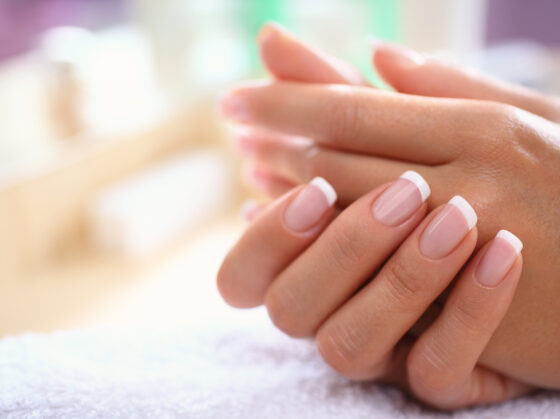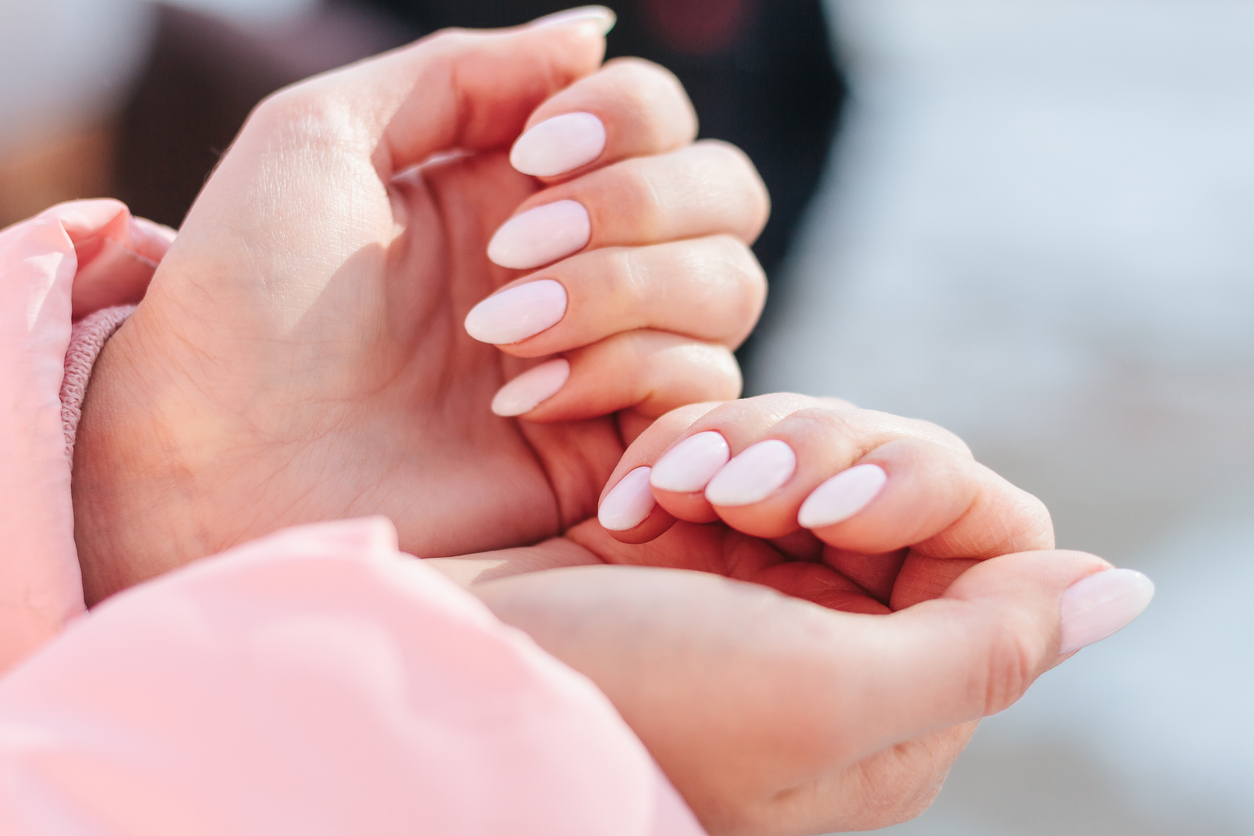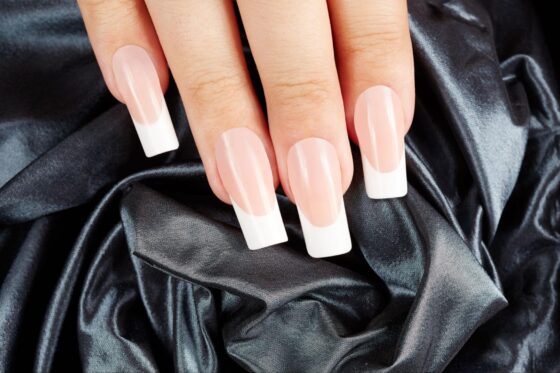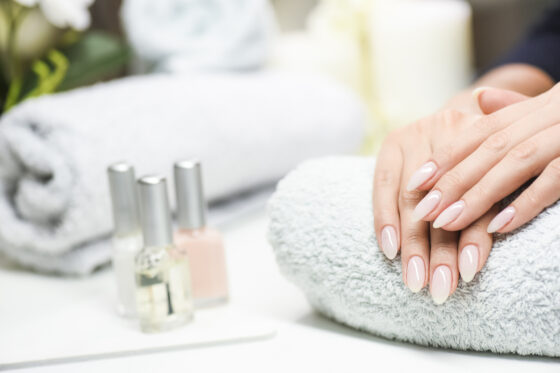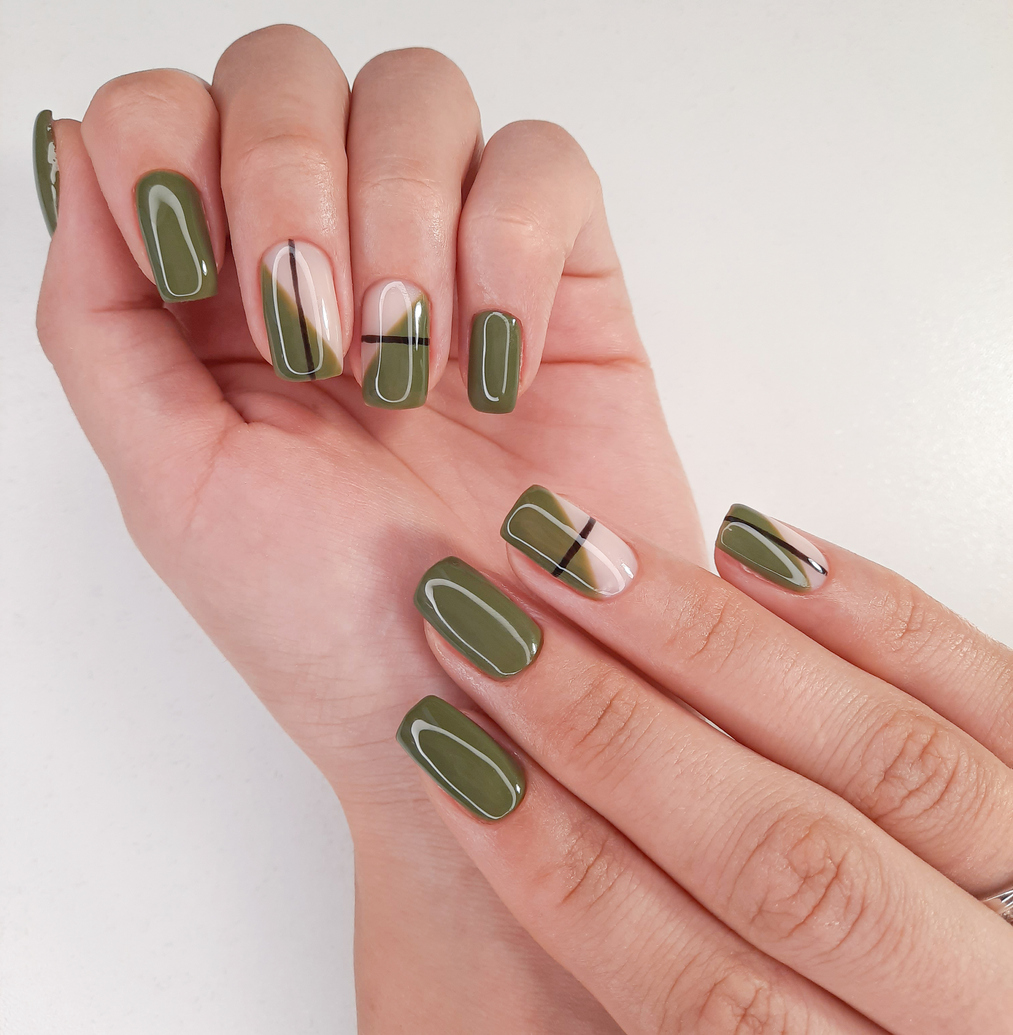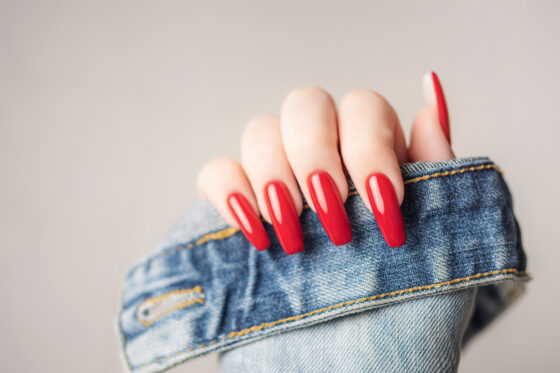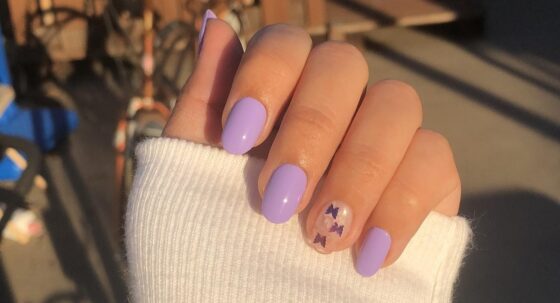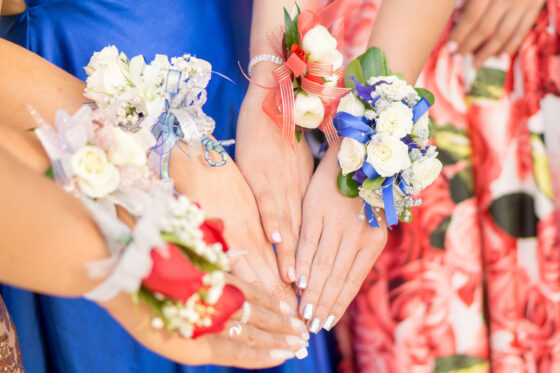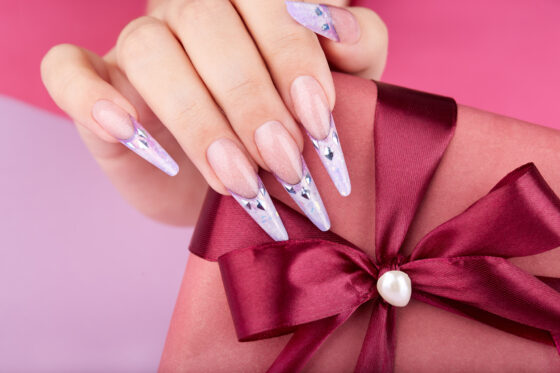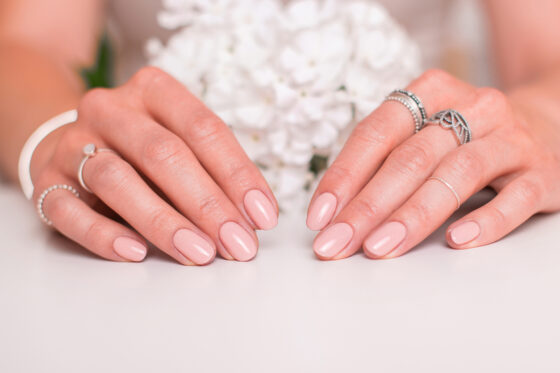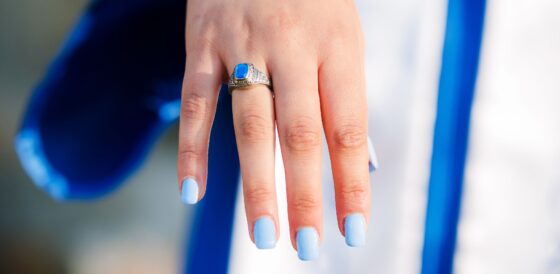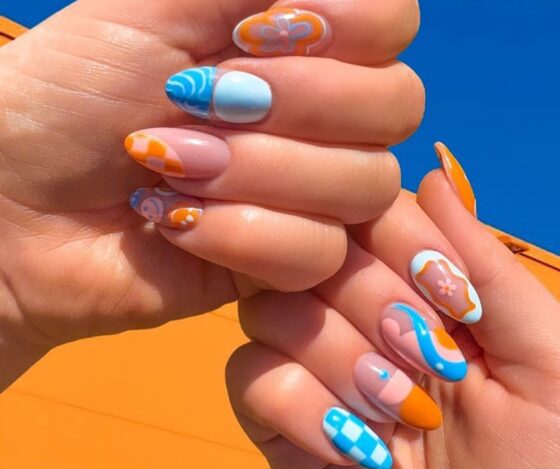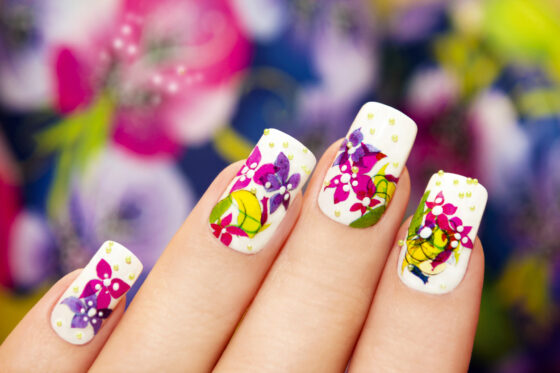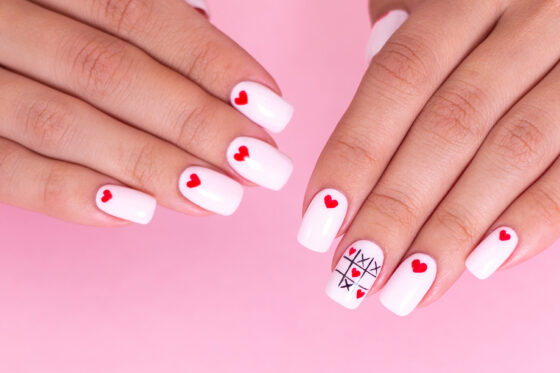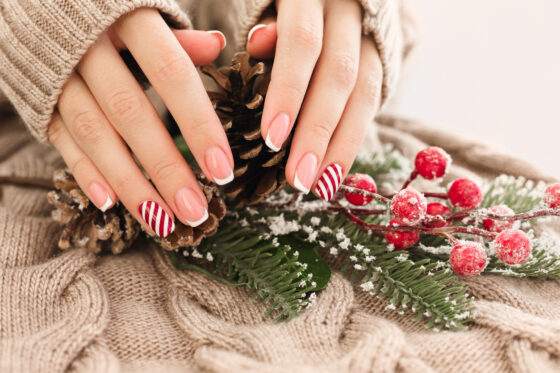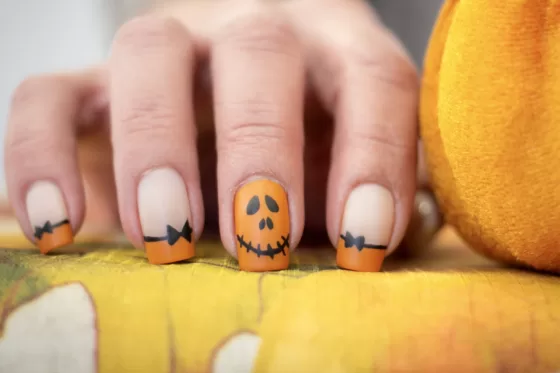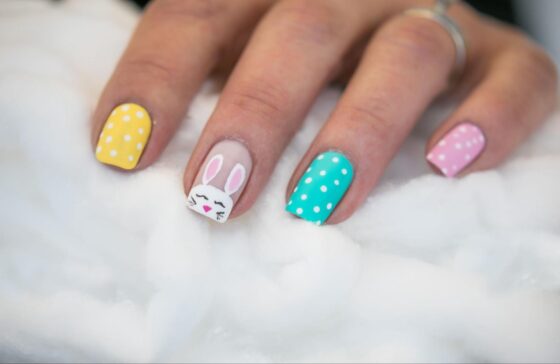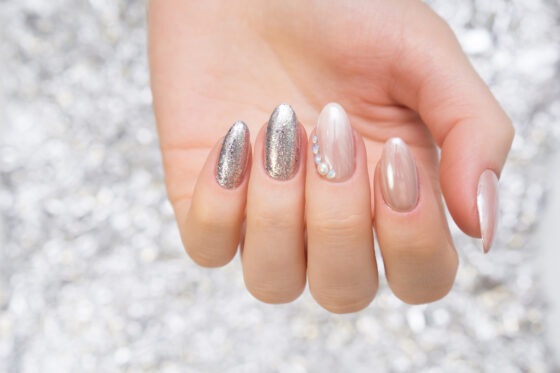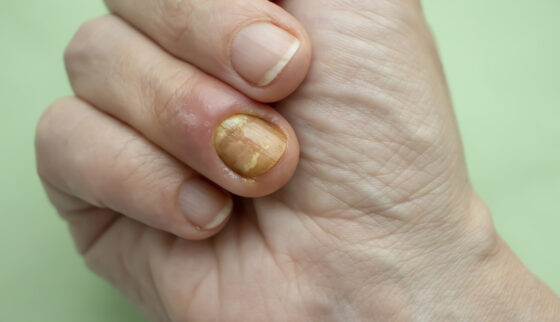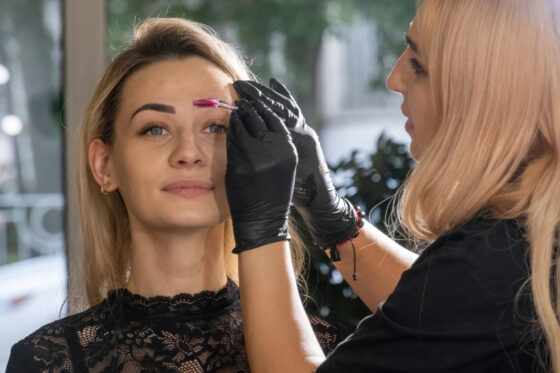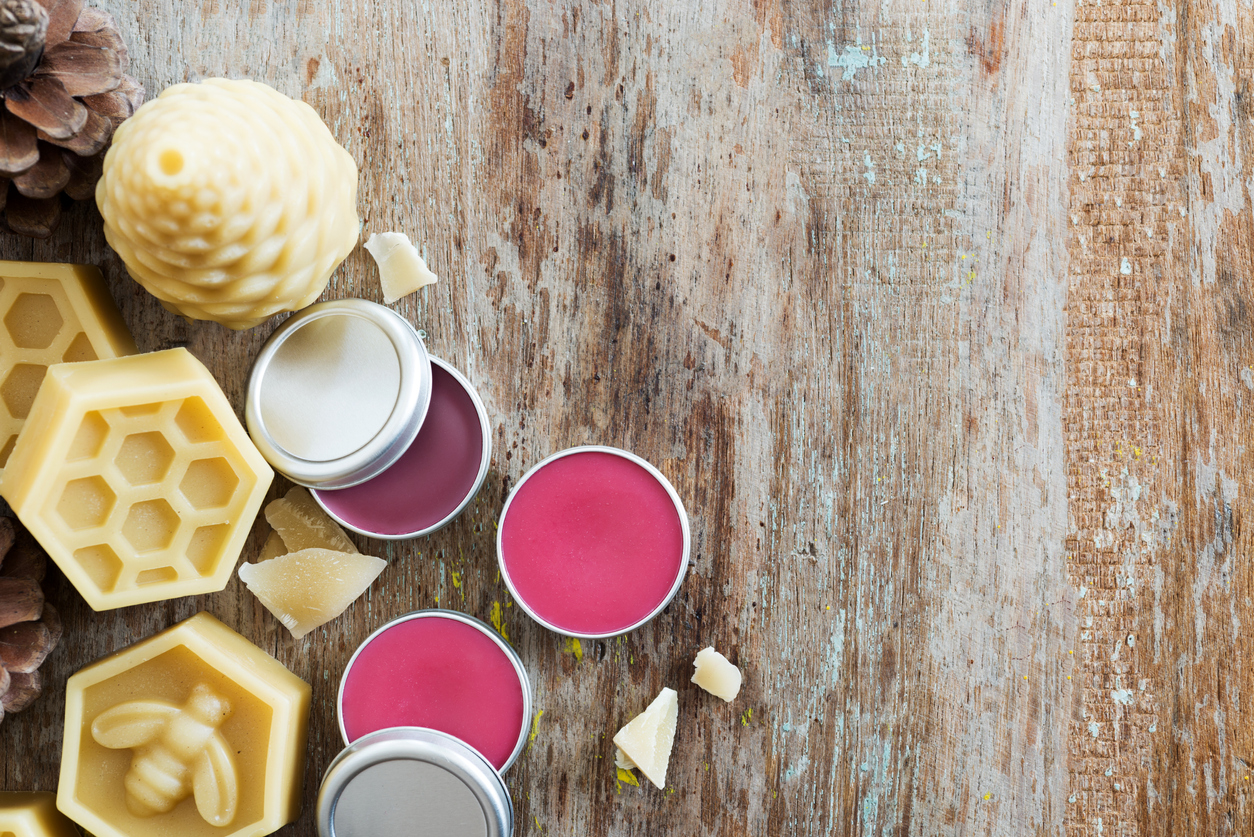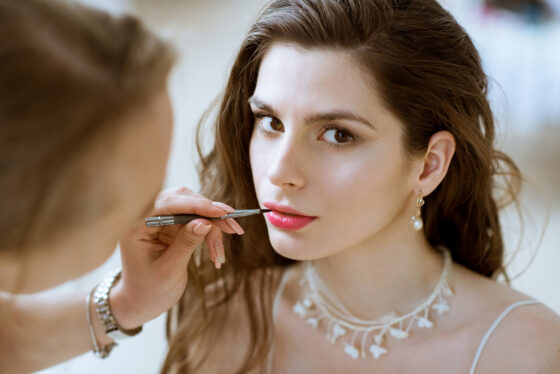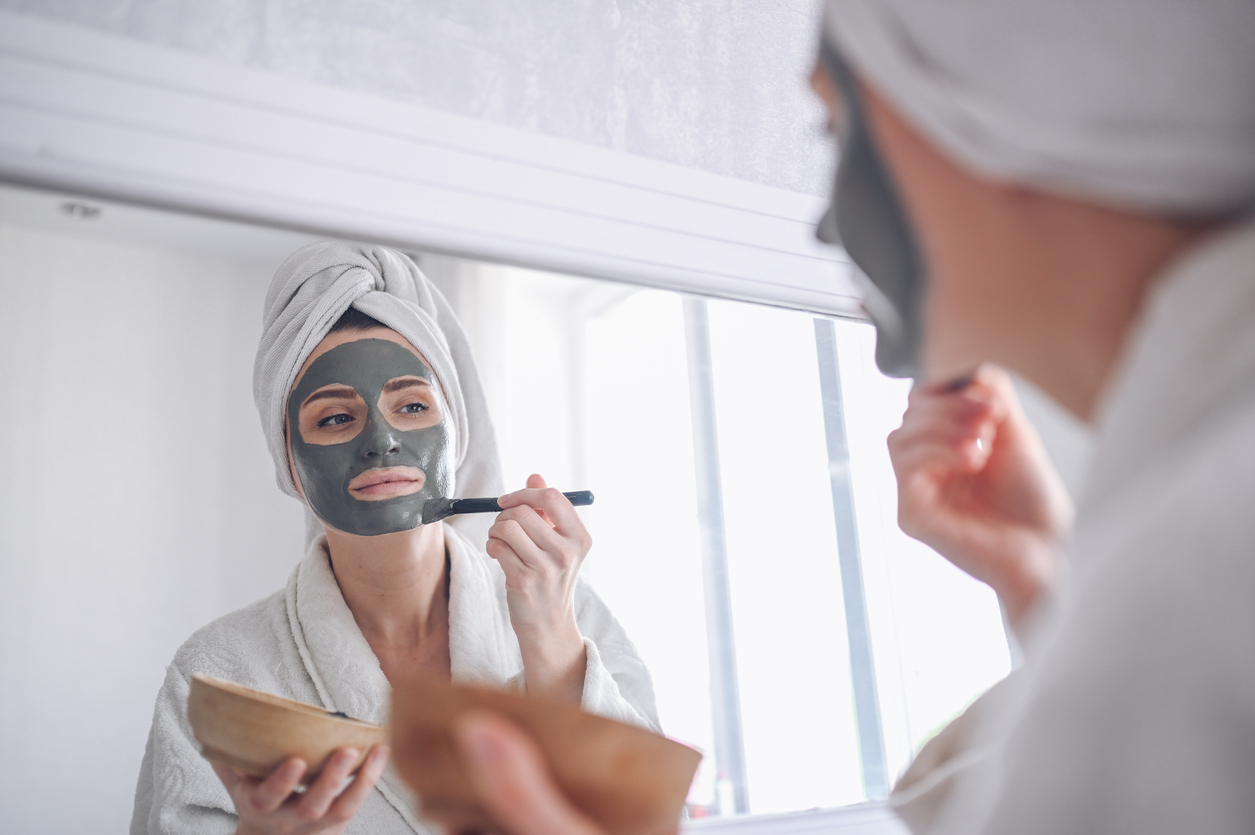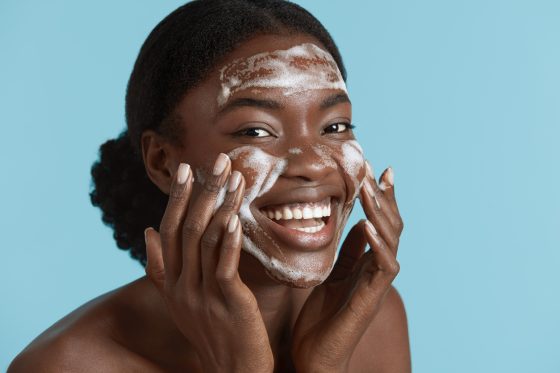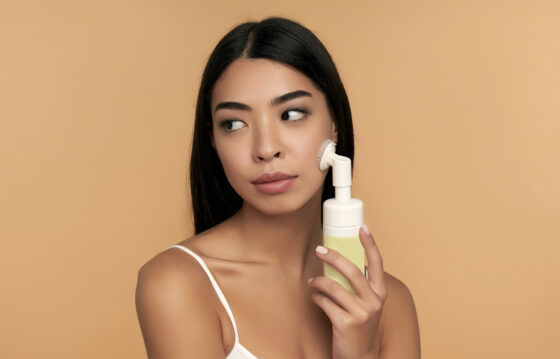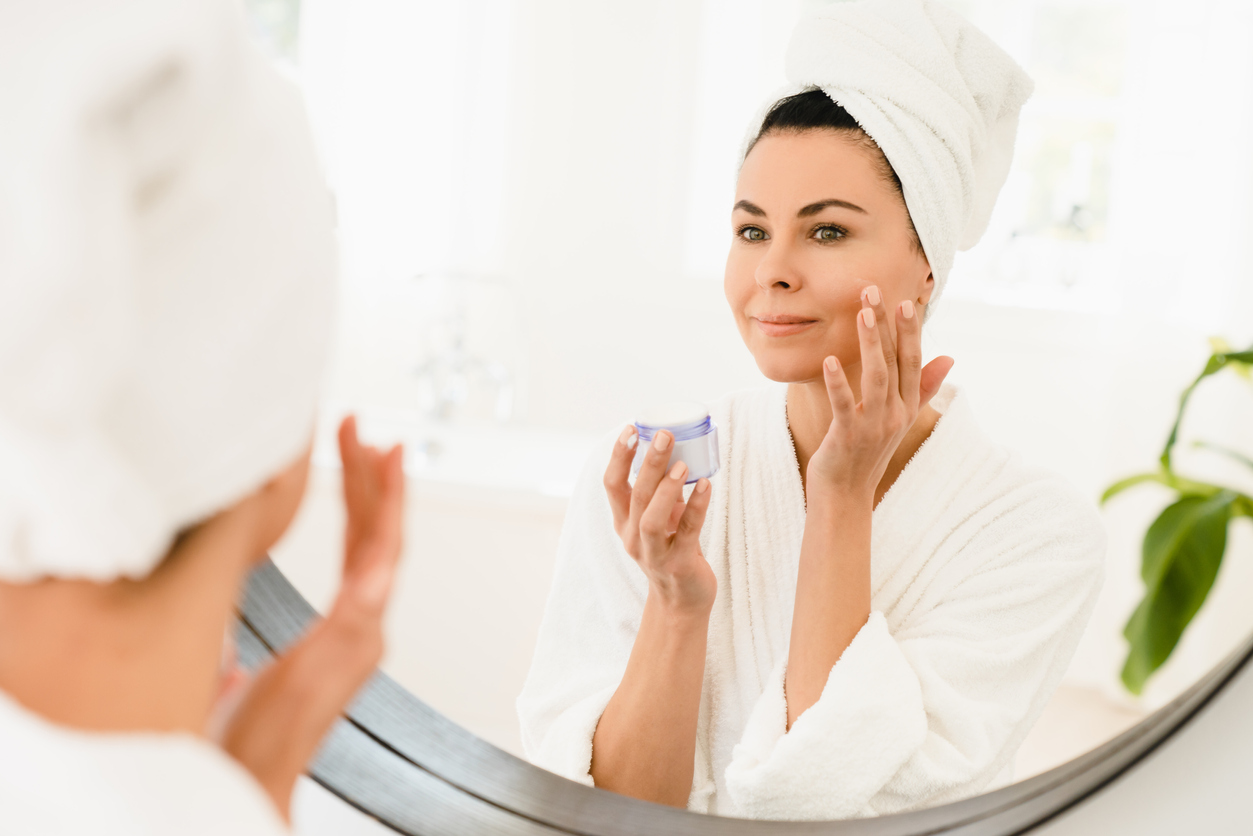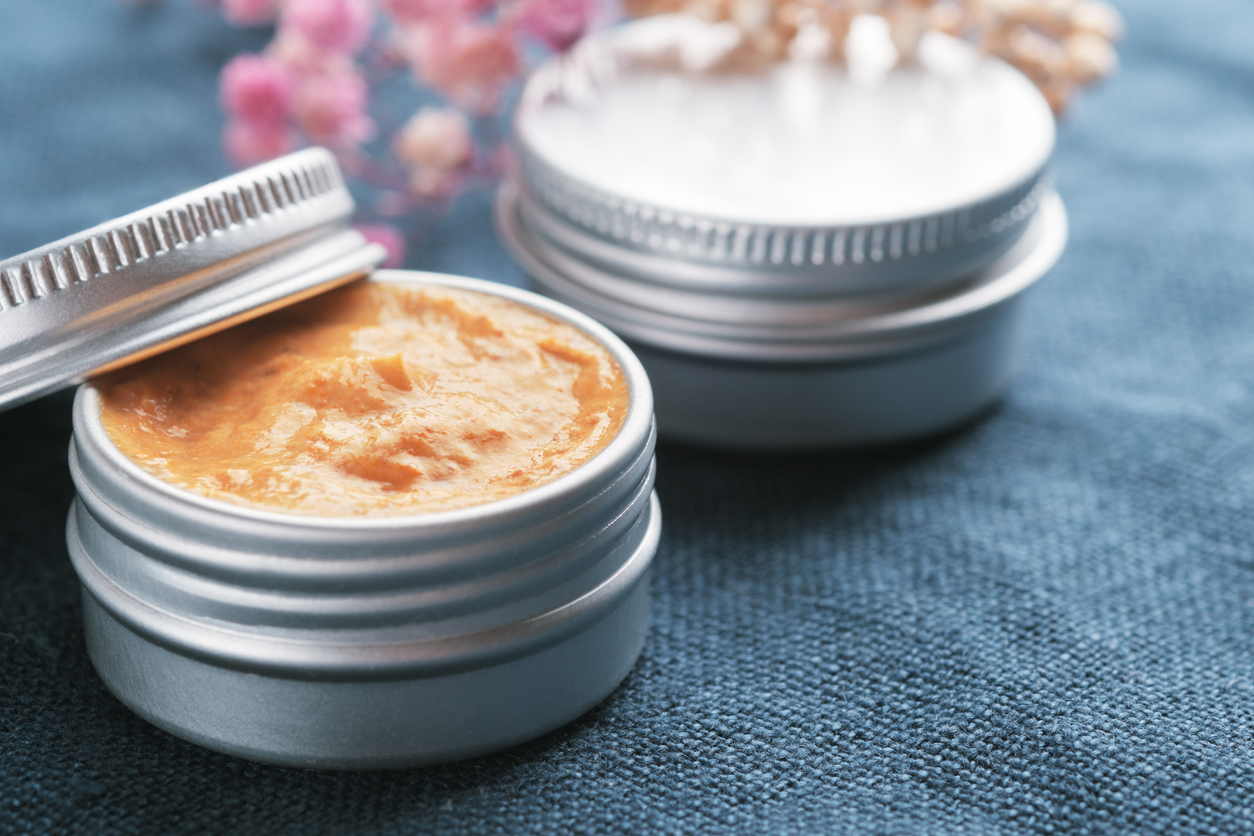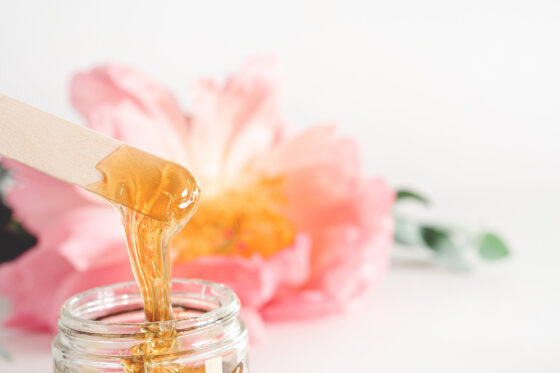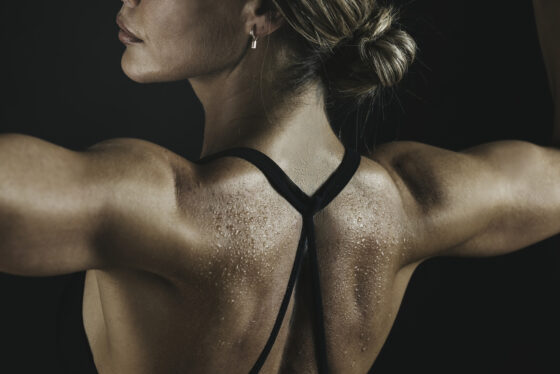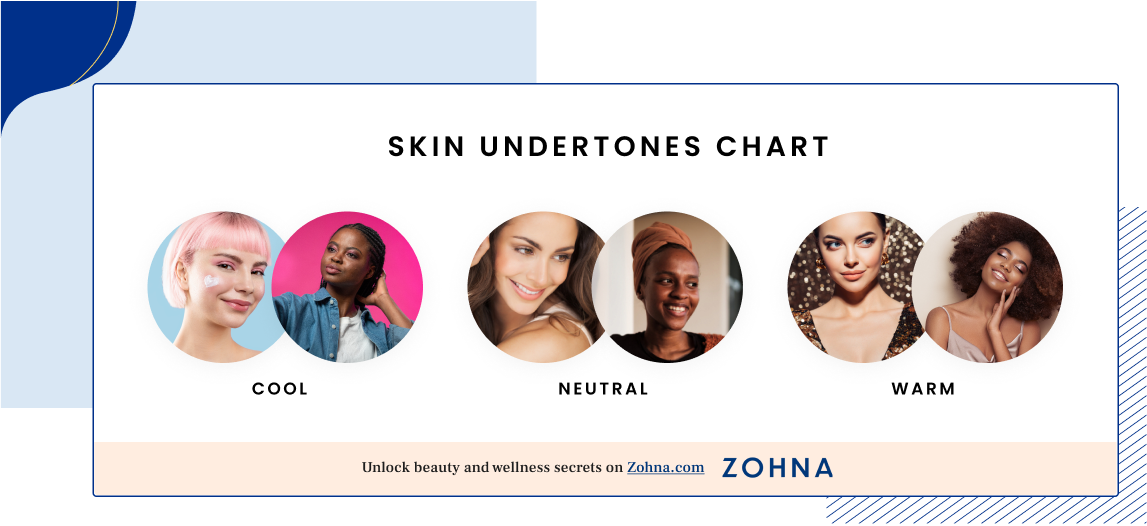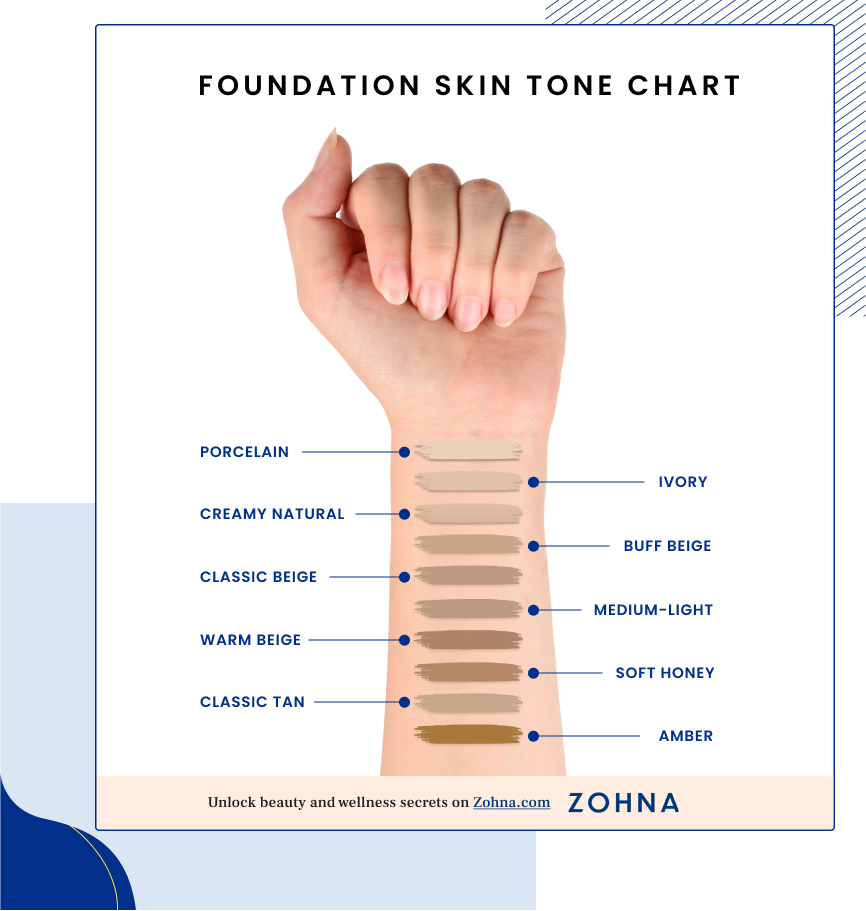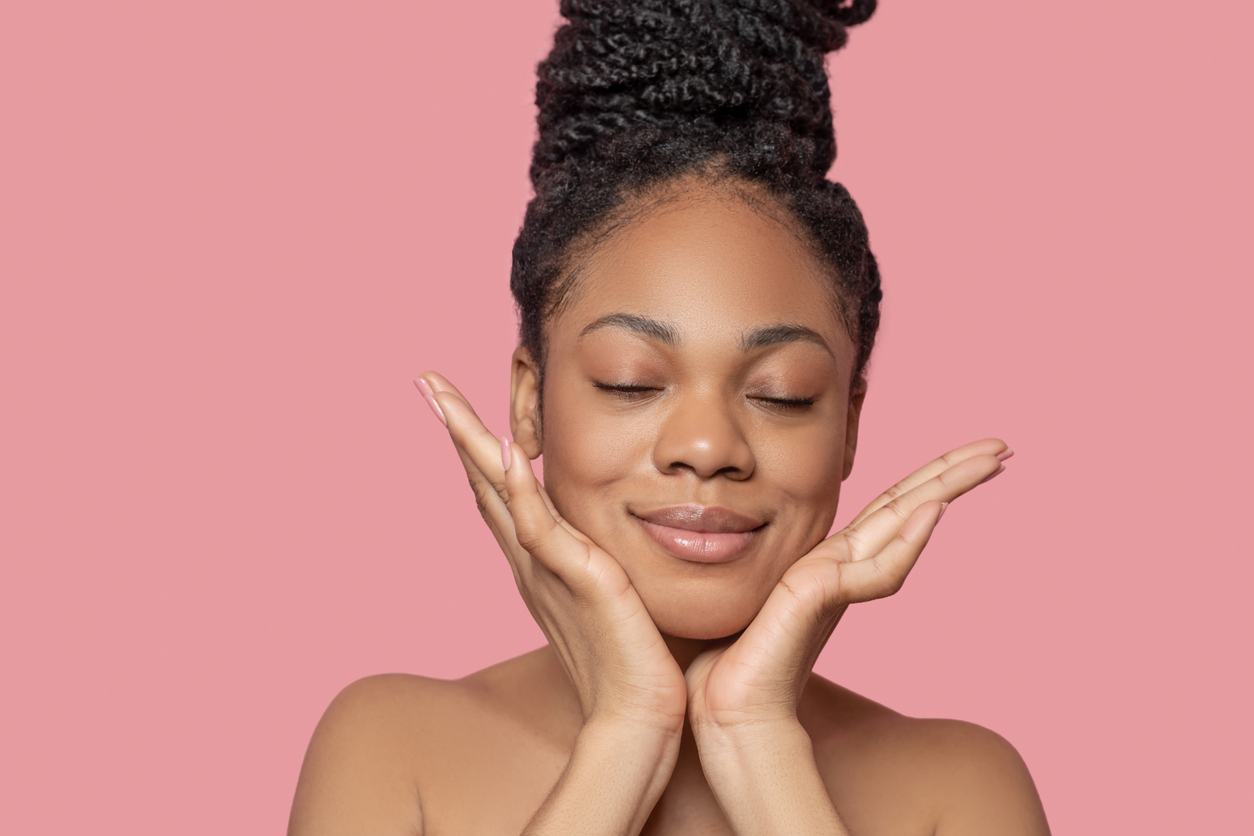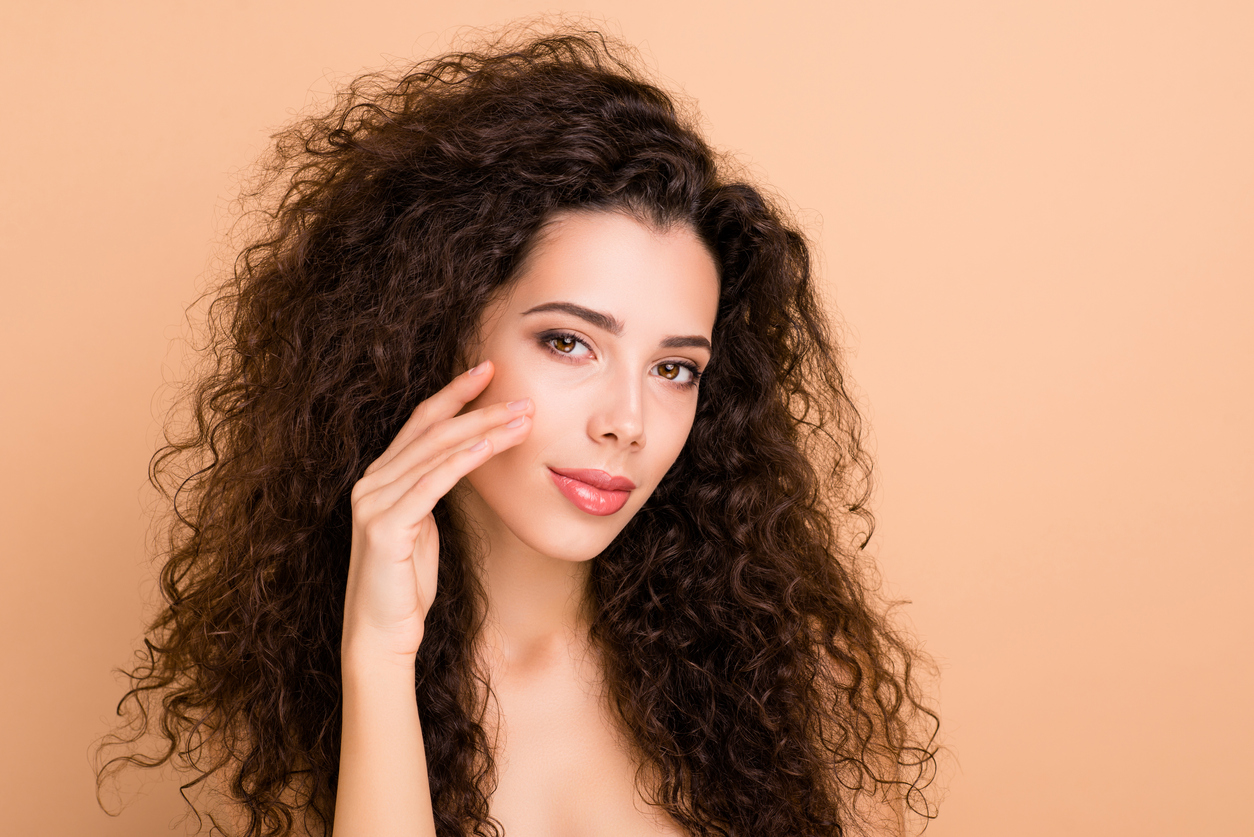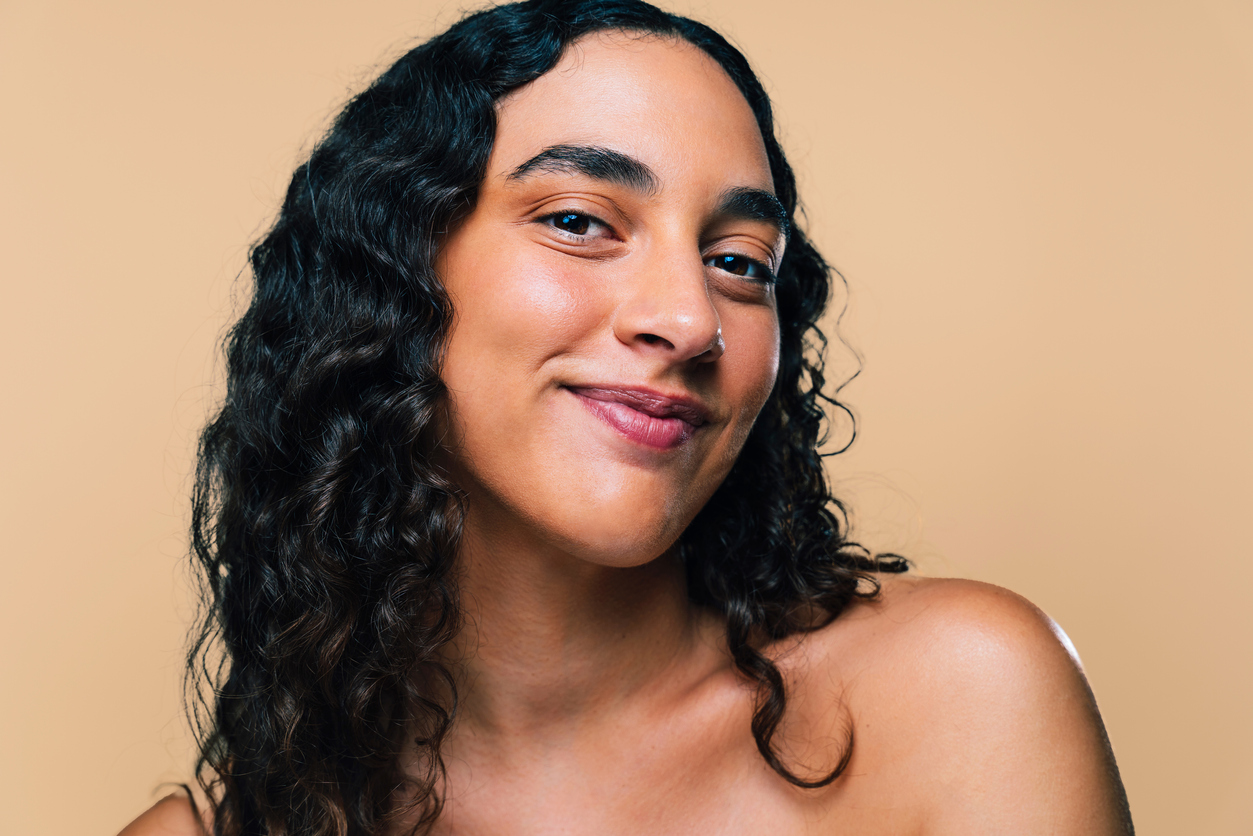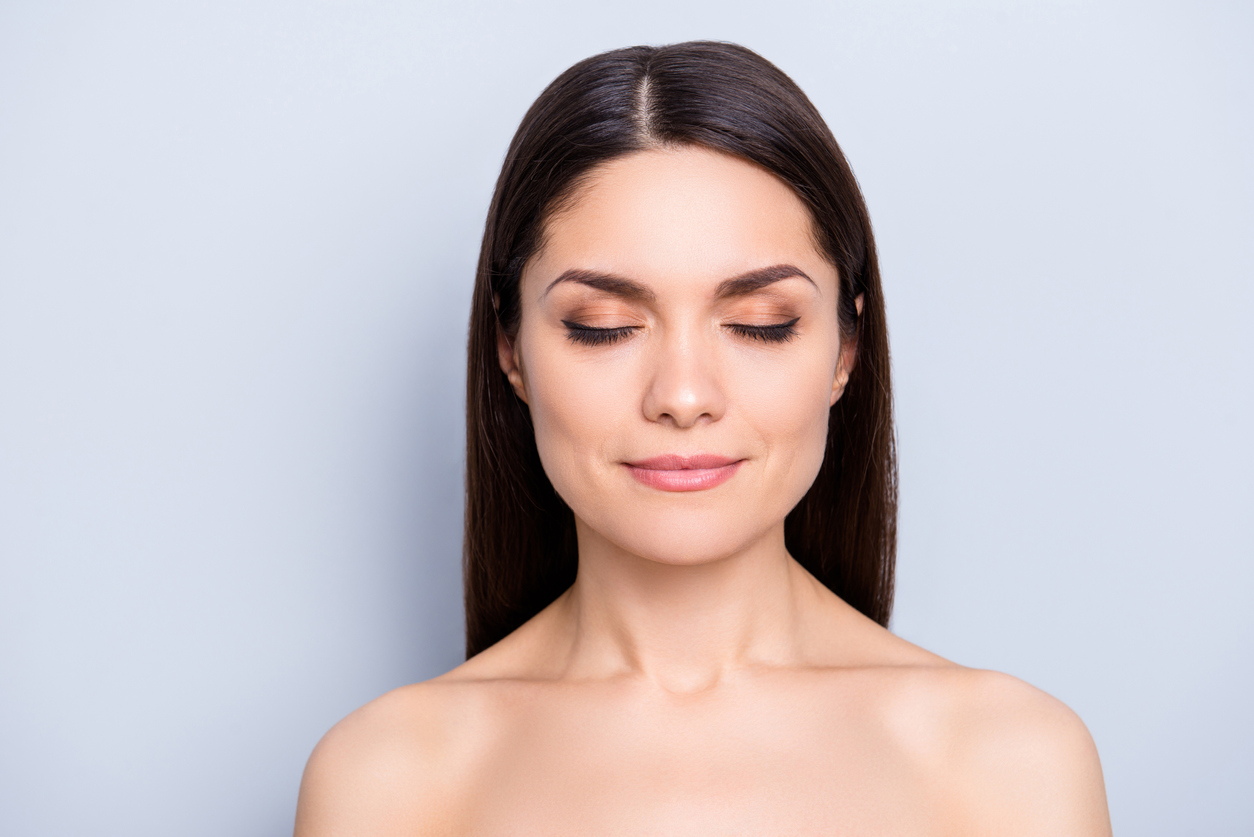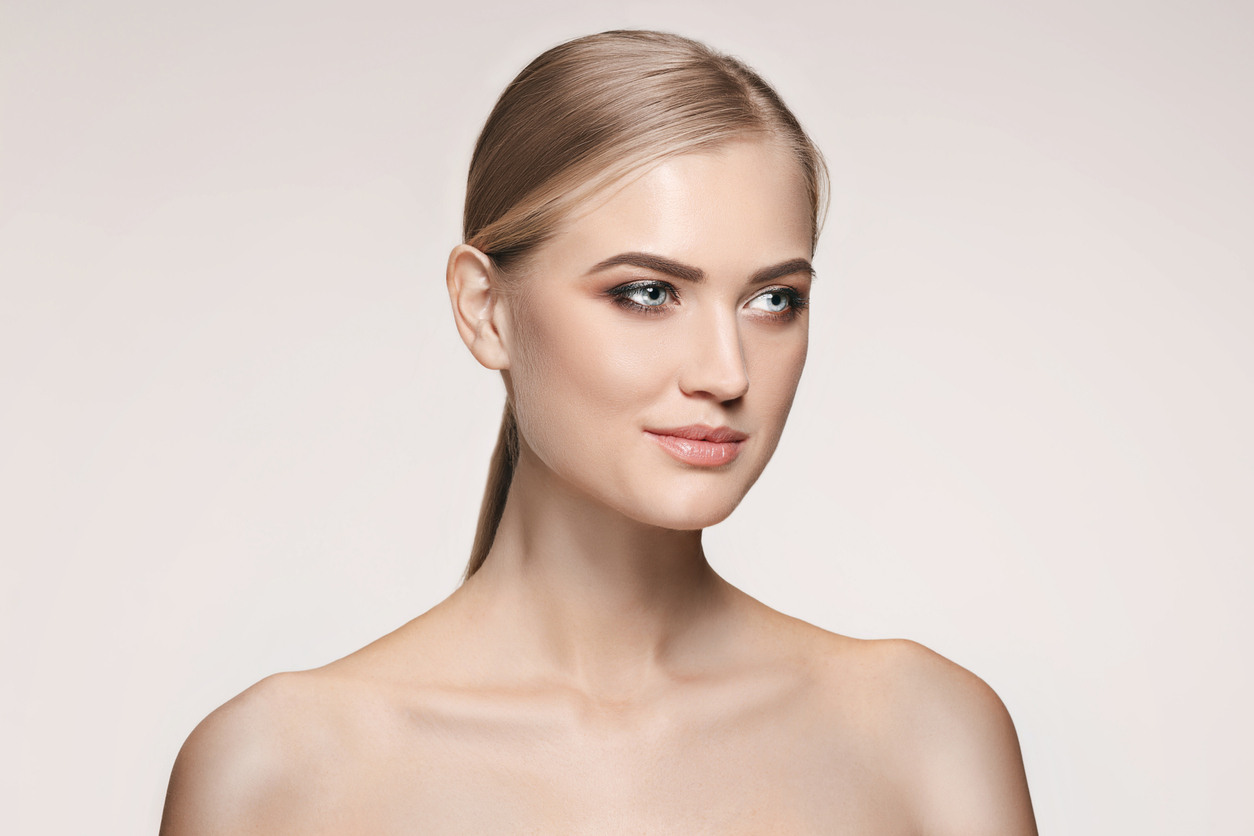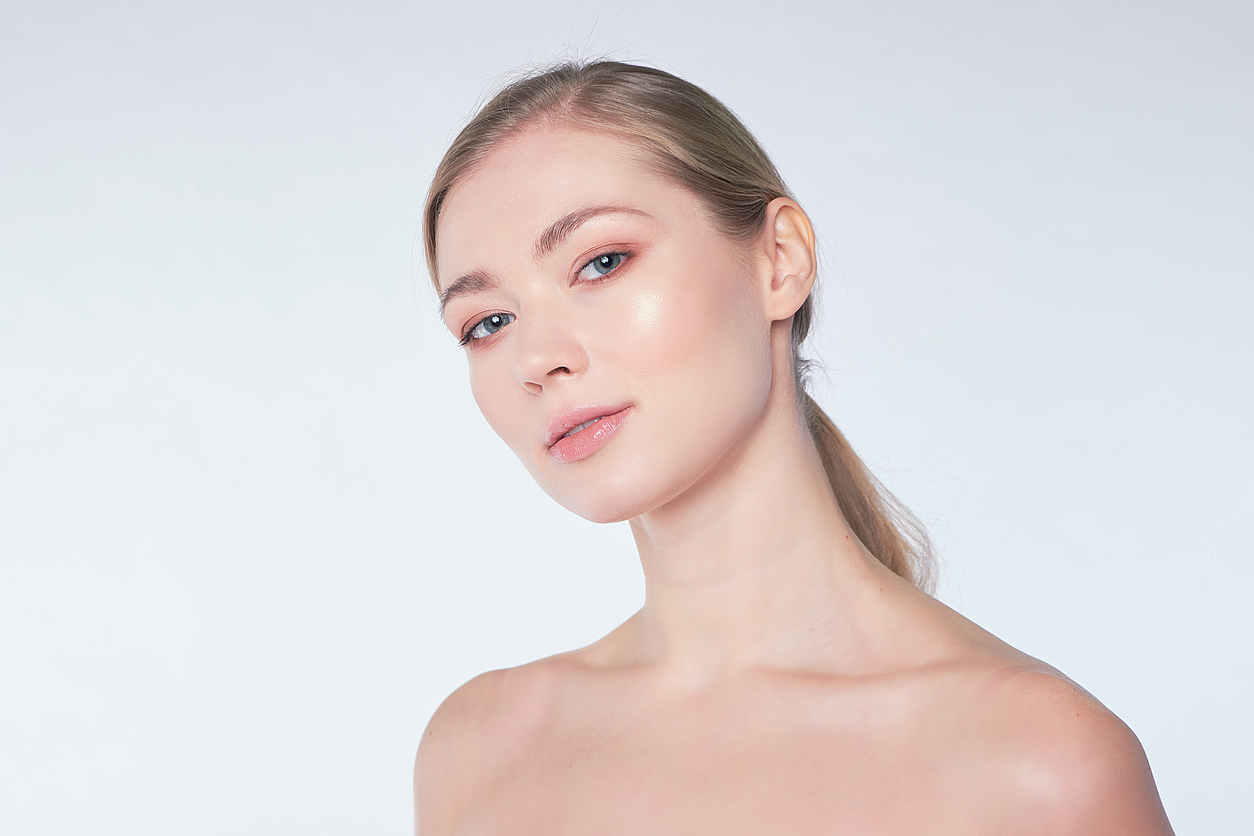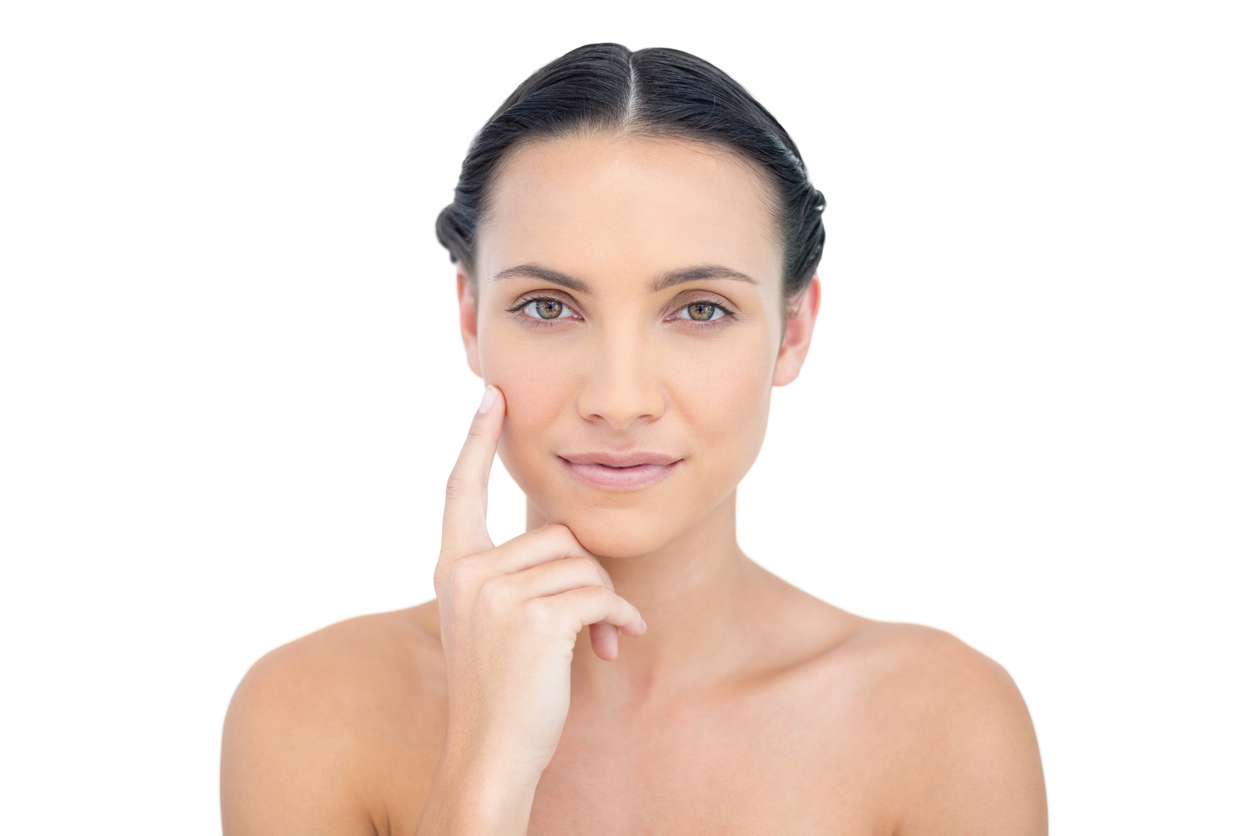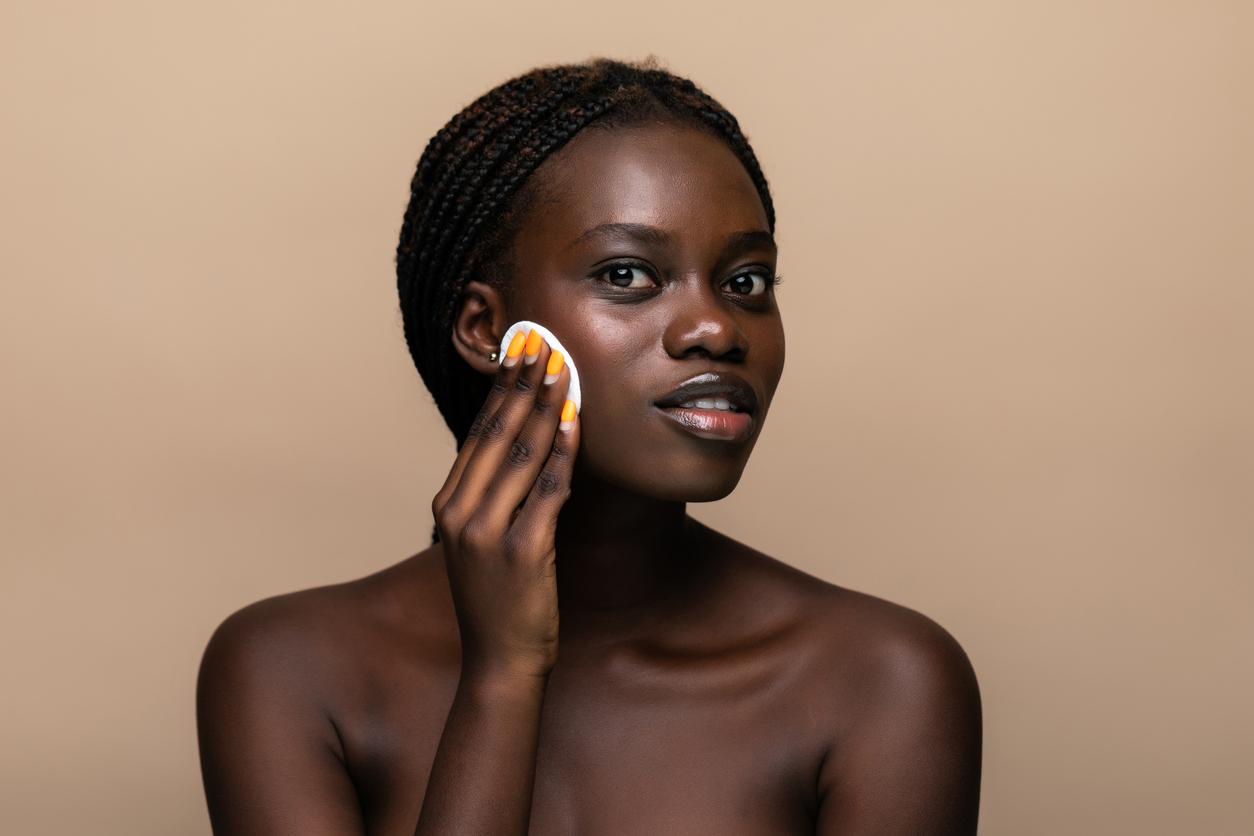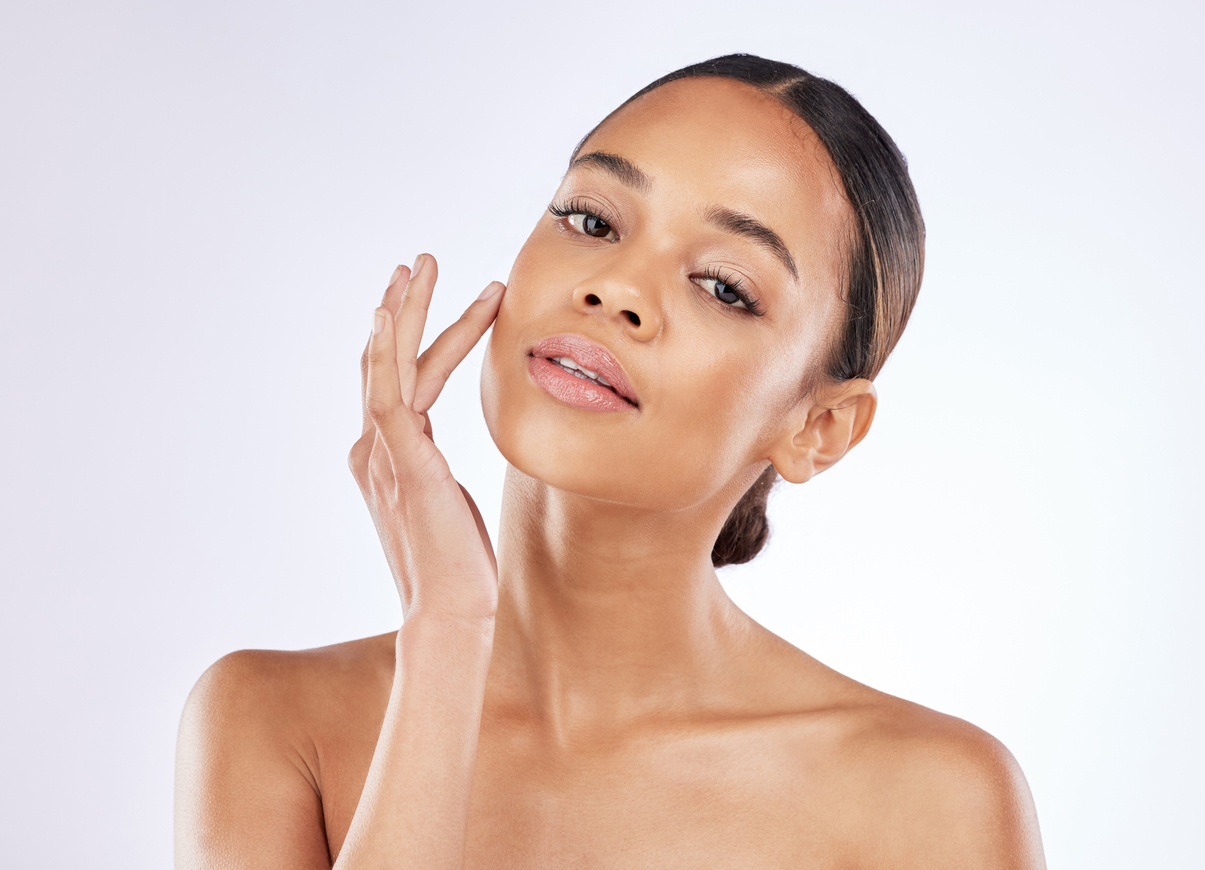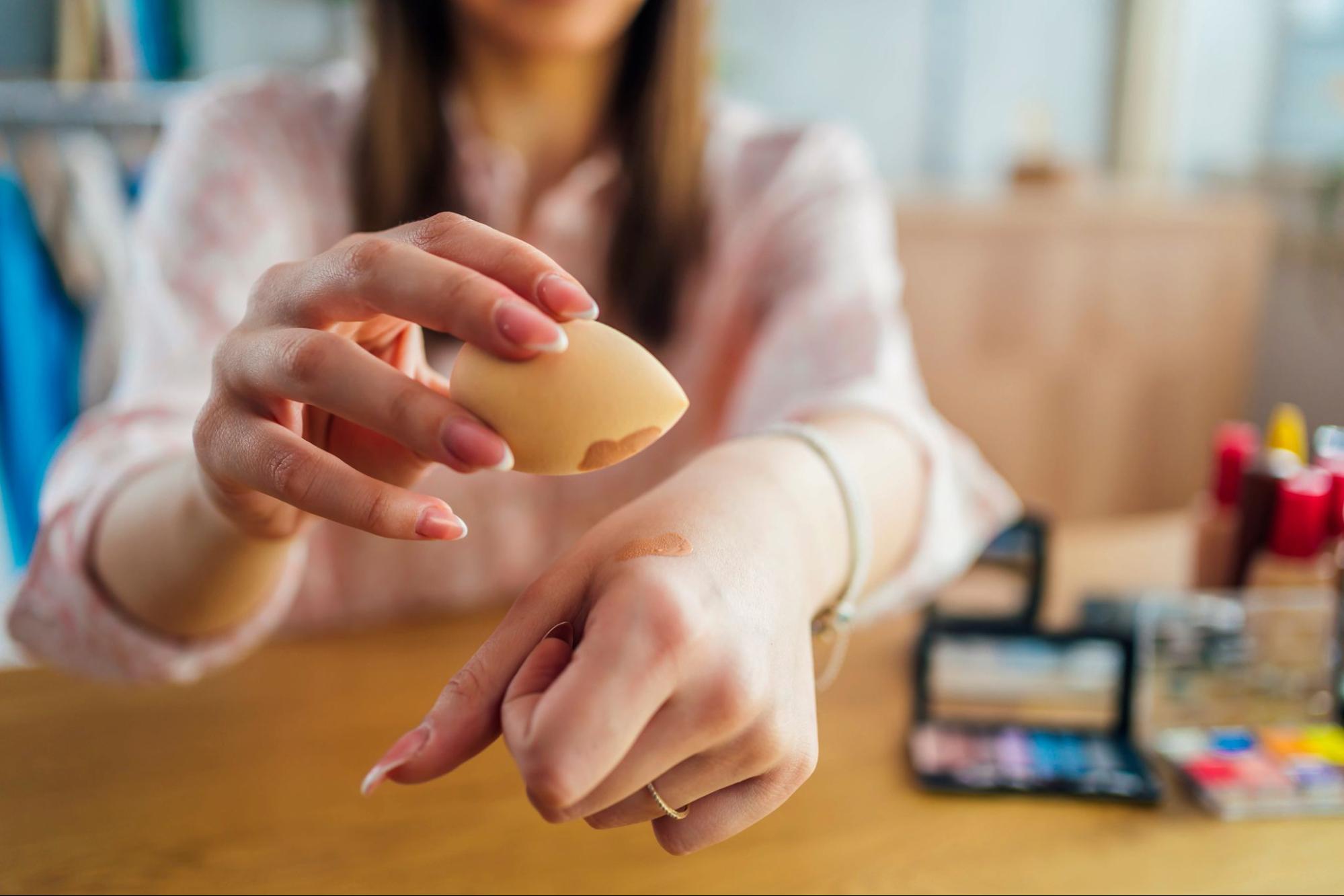Choosing the right foundation can be stressful.
You don’t want to look like you’ve used a bottle of 2004 self-tanner or got into a bar fight with a bag of flour. Then, when it comes time to refresh your wardrobe, selecting colors that suit your skin makes a shopping spree at the mall feel like an essential trip to the hardware store.
So how do influencers, Insta-models, and celebrities do it when their foundation looks flawless and the colors they wear perfectly match their complexion?
The answer is simple. They, or their makeup artists and stylists, have mastered the basics of the skin tone chart!
So if you’re wondering, “what is my skin tone?” read on to learn the foundations of the skin tone chart.
Skin Tone Palette
Skin tone palettes are color schemes used by beauty companies, makeup artists, graphic designers, and other industries and professions where selecting the exact match of a person’s skin tone is essential for doing work in that business.
Some skin tone palettes for computer programs may narrow down to ten different shades, whereas brands of foundation may have over one hundred skin tones on their palette.
What each skin tone palette has in common is their classification by skin overtones. Skin overtone refers to how light or dark someone’s complexion is.
The four overtones of the skin tone palette are:
- Fair
- Light
- Medium
- Dark
The chart below shows the four overtones of the skin tone palette.
| Fair | Light | Medium | Dark |
|
|
|
|
It’s important to know that while most fair people have light features, and most dark people have dark features, eye, and hair color does not always reflect a person’s complexion.
Skin Tone Chart
Skin tones are a combination of skin overtones and skin undertones. As the name suggests, skin undertones are the hues that sit under the skin, whereas skin overtones reflect on the skin’s surface. A person’s skin overtone may change due to sun exposure, but the skin undertones remain the same.
The three primary skin undertones are:
- Cool
- Neutral
- Warm
The chart below provides an overview of each skin undertone.
| Cool Skin Tone | Neutral Skin Tone | Warm Skin Tone |
|
|
|
Foundation Skin Tone Chart
The foundation skin tone chart varies between beauty brands. Many cosmetic companies have so many shades of foundation available that they are labeled by a number of skin undertones and skin overtones. However, some brands still label their foundation with traditional terms like ‘ivory,’ ‘tan,’ and ‘honey.’
Here is a list of popular foundation terms from lightest to darkest.
- Porcelain
- Ivory
- Creamy natural
- Buff beige
- Classic beige
- Medium-light
- Warm beige
- Soft honey
- Classic tan
- Amber
Classic brands like Covergirl and newer brands like Fenty Beauty by Rihanna have dozens of shades of foundation catered for very light to deep skin tones.
Zohna Tip
Try an online skin tone chart quiz to determine your skin tone before trying out foundation shades.
Lipstick Skin Tone Chart
The rules for choosing lipsticks to match your skin tone are pretty simple: select shades with the same undertones as your skin. Remember, we are talking about skin undertones, cool, warm or neutral, not how light or dark your complexion is.
From the lipstick skin tone chart, lipstick undertones for your skin undertone:
- Cool: Blue/purple/berry red
- Neutral: Nude/rose/mauve
- Warm: Orange/chocolate/brick red
The chart below shows the best shades of lipstick for your skin undertone.
| Cool Lipstick Shades | Neutral Lipstick Shades | Warm Lipstick Shades |
|
|
|
Jewelry Skin Tone Chart
The guidelines for wearing jewelry to complement your skin tone are pretty straightforward. The jewelry skin tone chart shows that you should wear silver if your skin has cool undertones, gold for warm undertones, and if your undertones and neutral, either gold or silver will suit you.
The tricky part is determining what jewelry will suit your skin if it isn’t plain gold or silver. Well, some cool metals suit cool undertones, and warm metals complement warm ones.
Cool metals include:
- Sterling silver
- Platinum
- Zirconium
- White gold
- Nickle
Warm metals include:
- Bronze
- Yellow gold
- Copper
- Rose gold
- Brass
Determining Your Skin Tone
Let’s get to work at determining where you fit on the skin tone chart.
There are two parts to determining your skin tone:
- Skin overtone: Is your skin light/medium/tan/dark?
- Skin undertone: Is your skin cool/neutral/warm?
The best way to determine your skin overtone is to compare your skin with friends or celebrities. Stars known for their pale complexions, like Gwen Stefani, have light skin. Mila Kunis is an example of a fair yet medium skin toned person. By comparison, many Hispanic celebrities like Jessica Alba fall under the tan skin category. Dark skin refers to those with very deep-colored skin, like Naomi Campbell.
You can also understand your natural skin overtone by answering how you react to sun exposure.
- Light: Burn easily, difficulty tanning
- Medium: Burn somewhat, tan easily
- Tan: Rarely burns, tan profusely
- Dark: Do not burn, always tan
It is essential to note that when we talk about burning, anyone’s skin can burn and everyone’s skin needs protection when exposed to the sun for extended periods. Those with tanned to dark skin do not show reddish-pink burns like those with a pale skin tone.
The second part, determining your skin’s undertone, is a little trickier. Follow these steps to determine your skin undertone.
Step 1: Start with a Clean Face
Wash your face and remove all of your makeup, including concealer and eyeshadow. It is essential to have a perfectly clean face, free of anything that covers or alters the color of your natural skin.
Step 2: Stand in Natural Light
Stand in front of a mirror in a room with natural light. Do not attempt this skin undertone test outdoors.
Step 3: The Paper Test
Take a plain white sheet of paper and hold it next to your face. Observe what color your skin casts next to the paper. If your skin appears to have a yellow tinge, your skin is warm-toned. Skin that appears pink or slightly blue is cool-toned.
Step 4: The Vein Test
Turn over your forearm and examine your veins. Veins that appear blue or purple run cool, while veins that appear green or dark yellow run warm. If your skin has a combination of both, you likely have a neutral skin tone.
Step 5: The White vs. Cream Test
Go to your closet and choose two articles of clothing: one pure white top and one cream or off-white top. Try each top to determine which suits you better. If the pure white shirt suits you, you likely have warm skin undertones. If cream or off-white compliments you better, you likely have cool undertones. Those who look equally good in either color likely have neutral skin undertones.
Step 6: The Jewelry Test
Do you prefer yellow gold jewelry and warm metal colors? Or are you someone who likes cool metal silver and white gold? If you are unsure, hold a necklace or big earrings of each color next to your face to see which flatters your complexion. People with warm undertones look good in gold jewelry, whereas those with cool undertones suit silver.
You should now know whether you have a light or dark skin tone and warm or cool undertones. Below, we’ve compiled a list of different skin tones to see which ones match your complexion.
Olive Skin Tone
An olive skin tone is usually light brown, between light and dark overtone. While most skin experts say there are three skin undertones, some argue that the fourth undertone is an olive skin tone. Olive skin gets its name from its green and yellow undertones, giving it a golden, greenish-yellow glow. Those who fall under the olive skin tone chart can have a lighter or darker complexion but tan easily with sun exposure.
Caramel Skin Tone
Oh, how we enemy those with a caramel skin tone. Named after the delicious caramel candy, a caramel skin tone refers to a medium skin color with golden and bronze undertones. Those with caramel skin are likelier to make warm skin undertones and darker hair and features. Caramel skin is considered on the lighter side of the darker skin colors; it rarely burns and tans easily.
Neutral Skin Tone
When you hear the term ‘neutral skin tone,’ you are talking about skin in the context of skin undertones. People with a neutral skin tone can have light, medium, tan, or dark skin.
Neutral skin combines cool hues like blue and pink and warm ones like gold and yellow. It’s the most desirable of the three skin undertones since it suits almost every hair, outfit, and jewelry color. If you have a cool skin tone, choose a foundation with the keywords peach or sand.
Fair Skin Tone
Mirror mirror on the wall. Who is the fairest of them all? While those with fair skin may find it a curse in the summer, it truly is a blessing for those who suit ultra-light complexions. A fair skin tone is often described as the lightest skin overtone. Those with fair skin burn easily and have a lot of visible pink undertones. Fair-skinned people can have dark hair, but many have blonde or red hair and light eyes.
Yellow Skin Tone
When you wear white, do you notice a lot of yellow tones in your skin? If so, you most likely have medium skin with a warm undertone. A yellow skin tone means your warm skin has primarily yellow undertones rather than golden or peach. Though any depth of darkness can have yellow undertones, many people with those canary and mustard tones have light to medium skin.
Medium Skin Tone
Finding the right foundation shade never seems to be a problem for those with a medium skin tone. Medium skin includes skin overtones that are darker than fair but not quite tan. Those with a medium skin tone have more melanin than those with a pale skin tone. Creamy natural to beige complexions is considered a medium skin tone.
Warm Skin Tone
Gold, yellow, pink, peach… if you have these sunny colors in your complexion, you likely have a warm skin tone. Warm undertones like yellow and gold define warm skin tones.
Though many people with medium to dark skin have warm undertones, it is not uncommon to have pale skin with warm or neutral undertones. If you have a warm undertone, choose a foundation with the keywords honey, golden or warm beige.
Cool Skin Tone
Does your skin ever look rosy pink or icy blue? You likely have a cool skin tone if you have these cloudy colors beneath your skin. Cool undertones like pink, grey, and blue define cool skin tones.
People often associate pale skin with cool undertones; however, even dark complexions like a rich chocolate skin tone can be cool-toned. If you have a cool skin tone, choose a foundation with the keywords tan, ivory, or fawn beige.
Pale Skin Tone
Skin tone is determined by how much melanin or pigmentation our skin produces. A pale skin tone is defined by very light skin with minimal melanin.
Typically in beauty, pale skin would describe someone with fair or very light skin who has not had much sun exposure. However, skin color can be described as “pale” if the complexion looks unusually light due to the lack of sun exposure or decreased blood supply when a person is unwell.
Honey Skin Tone
Nothing is sweeter that a beautiful honey skin tone. A honey skin tone is a light brown with warm golden and yellow undertones. Honey skin has similar undertones to caramel skin but is slightly lighter with more of a dewy glow.
Asian Skin Tone
The Asian skin tone chart ranges from light to dark skin tones with cool and warm undertones. Much like how people in different European countries have unique skin tones, if you are of Asian descent, your skin tone heavily depends on your specific heritage.
People of Korean descent or those with ancestors from Northern regions of Japan and China have lighter complexions than people from Thailand or the Philippines. What many Asian people have in common is a warm, golden-yellow undertone; however, some people also see cool-toned pinks in their complexions.
Ivory Skin Tone
Creamy-white skin has a beautiful doll-like appeal. An ivory skin tone is a fair complexion with yellow and peach undertones. Many people with ivory skin have neutral undertones, but those with more yellow hues can be warm-toned, whereas those with pink undertones may have a cool complexion.
Bronze Skin Tone
Sun-kissed skin with a golden glow; everyone desires a bronze skin tone. Also called a tan skin tone, bronze skin is a medium to the dark complexion with gold and red undertones.
People naturally with a bronze skin tone are usually of Middle Eastern, African, or mixed-race descent with dark hair and eyes. It is possible to achieve a light bronze skin tone with significant sun exposure, but those with a true bronze complexion are born with melanin to give them that golden brown skin color.
You can make your skin have a beautiful sunkissed glow by using Self Tanning Facial Drops.
Light Skin Tone
Do you have fair skin with beige or yellow undertones? If so, your skin falls under the light skin tone category. Light skin refers to skin tones on the lighter side of the spectrum, from porcelain to creamy beige. However, a light skin tone generally describes pale skin with warm undertones compared to fair skin, which has pink, cool undertones.
Golden Skin Tone
Can you have a 24-karat complexion? Yes, you can! If you have skin with distinct yellow and golden hues, you have a golden skin tone. Golden skin is similar to honey and caramel but is defined by its unique golden glow. People with warm-toned skin ranging from light beige to deep tan can have a golden complexion.
You can play with golden makeup to give your skin the appearance of a golden complexion.
Almond Skin Tone
Can you pass for an olive skin tone, but you notice you have blue and pink undertones rather than green and yellow? If that sounds like you, you may have an almond skin tone. Almond skin is a light tan, similar to olive skin, but with cool undertones rather than warm ones.
People of lighter-skinned Hispanic or South East Asian descent are more likely to have an almond skin tone than those of Mediterranean and Middle Eastern descent who have olive complexions.
Porcelain Skin Tone
Once upon a time, porcelain skin was used to describe someone with light, creamy white colored skin with a flawless complexion. A porcelain skin tone was compared to a porcelain doll’s, with a completely even skin tone.
Traditional porcelain skin was lighter than fair skin and comprised 95% cool pink undertones. Now, modern beauty bloggers use the term porcelain skin to describe the skin of any shade with a flawless doll-like complexion.
Dark Skin Tone
If you are looking for the ‘black skin tone chart’ or ‘African skin tone chart’, you likely have a dark skin tone. Dark skin is the deepest color on the skin tone chart.
Those with a dark skin tone are usually of African or South Asian descent and almost always carry dominant genes for dark eyes and hair. If you have dark skin, you are lucky because it is impossible to achieve a dark complexion through sun exposure.
How To Dress For Your Skin Tone
The rules for how to dress for your skin come are simple to follow: wear colors that match your skin undertone.
The chart below shows the best colors to wear for cool and warm skin undertones.
| Cool Skin Tone | Warm Skin Tone |
|
|
If you have a neutral skin tone, most colors will suit you. Natural colors like fawn, tan, and olive look particularly good on those with neutral undertones.
Look Fabulous: Learn the Skin Tone Chart
Finding your skin tone doesn’t have to be a daunting task. The rules for determining your skin undertone and overtone are pretty straightforward once you learn the basics of the skin tone chart. Once you know where you sit on the skin tone chart, choosing makeup, clothing, and jewelry will become much easier and look extra fabulous.
